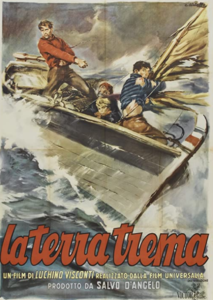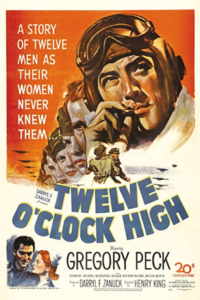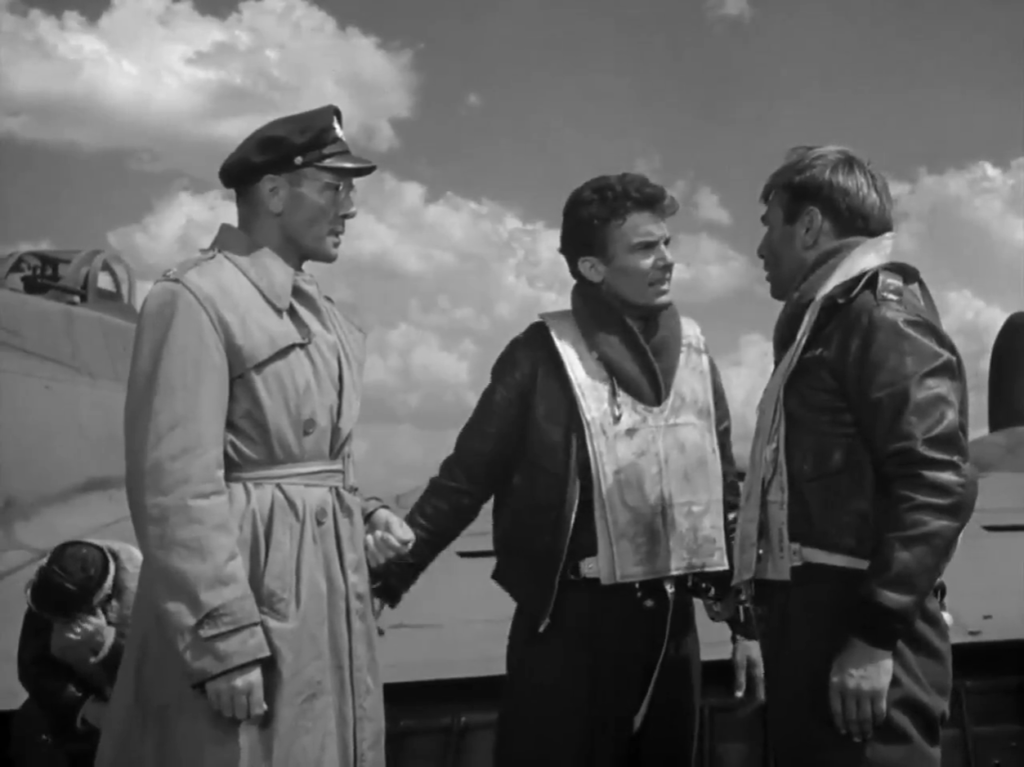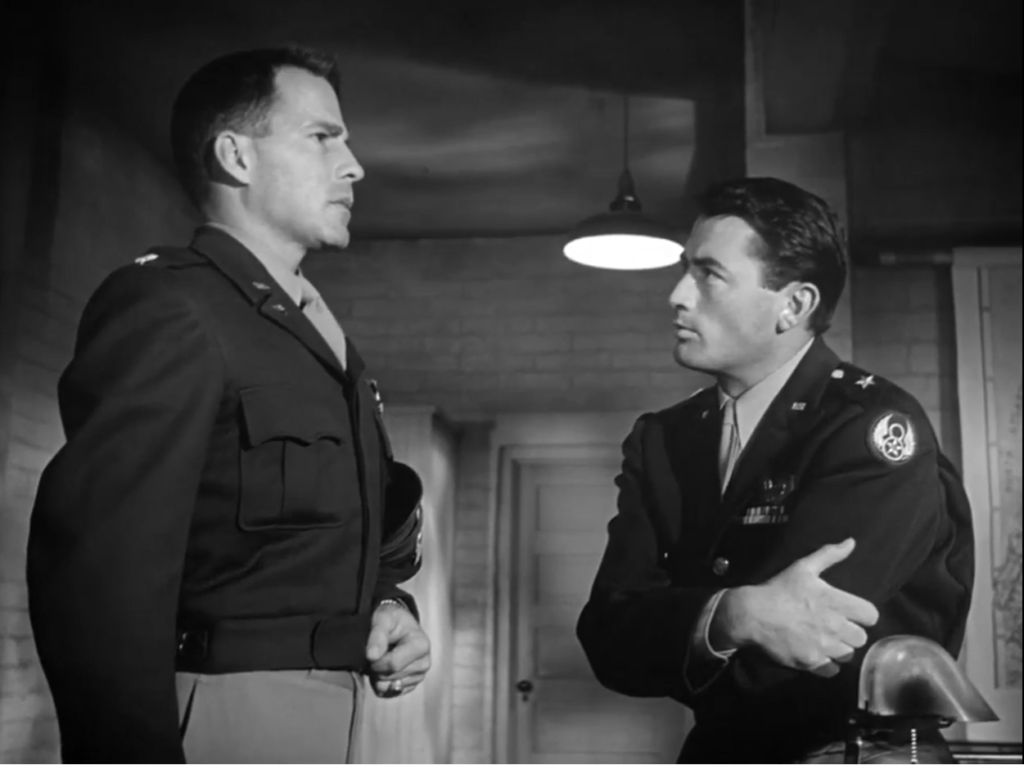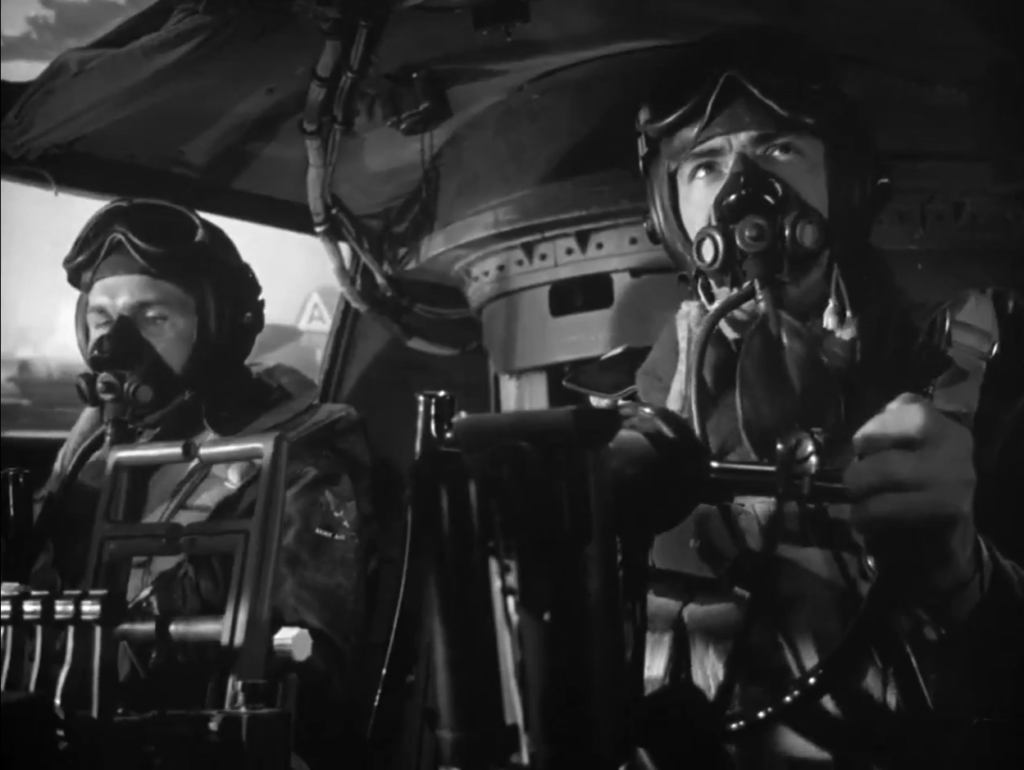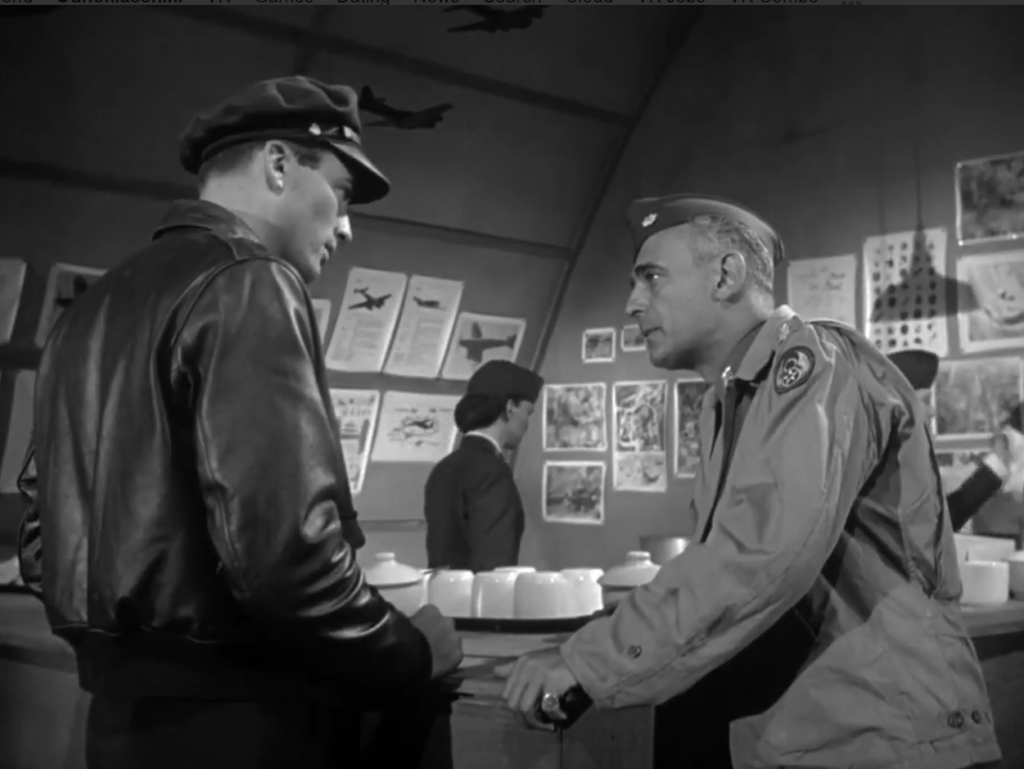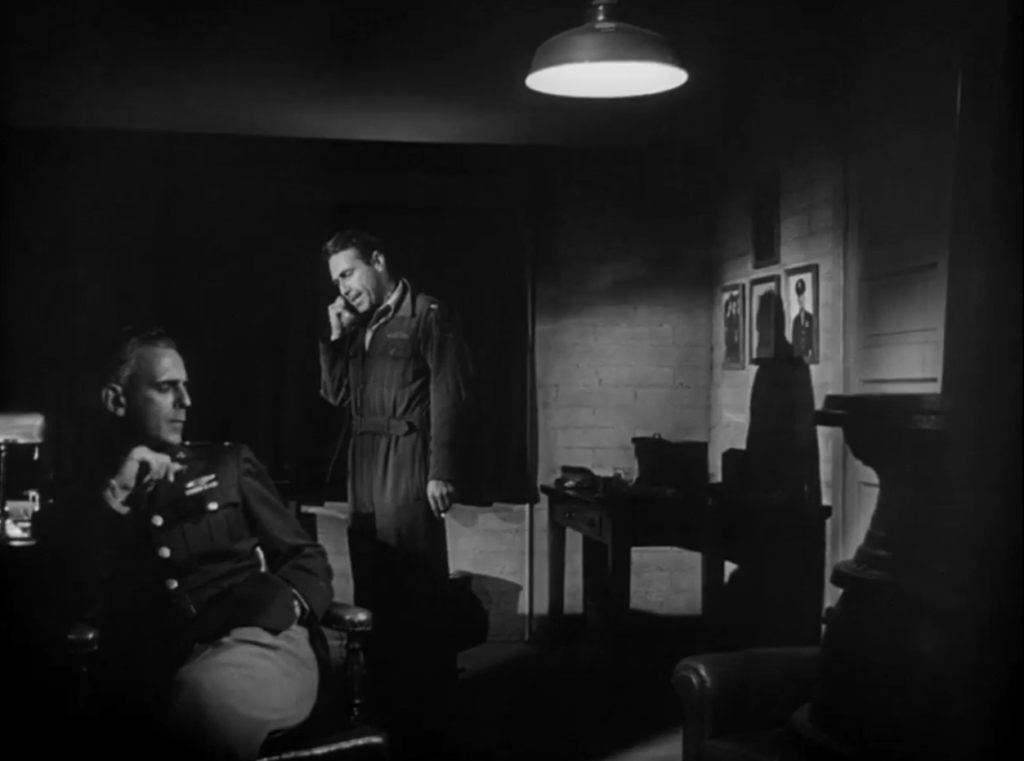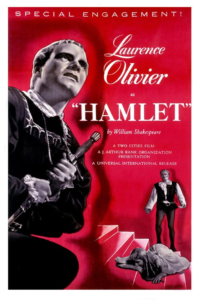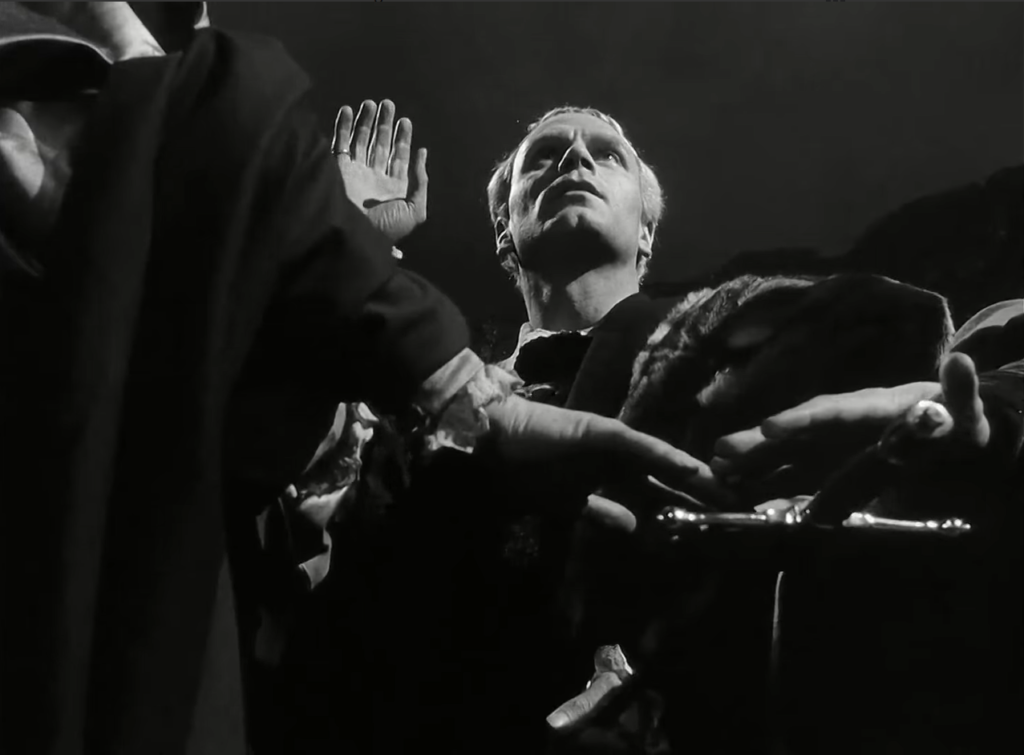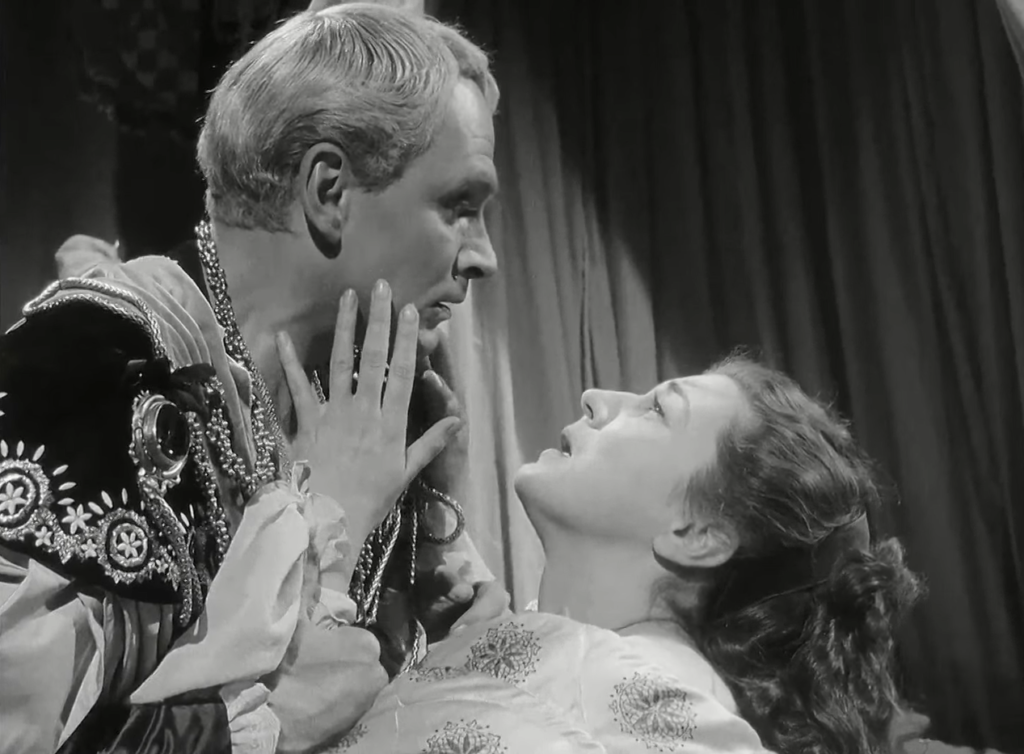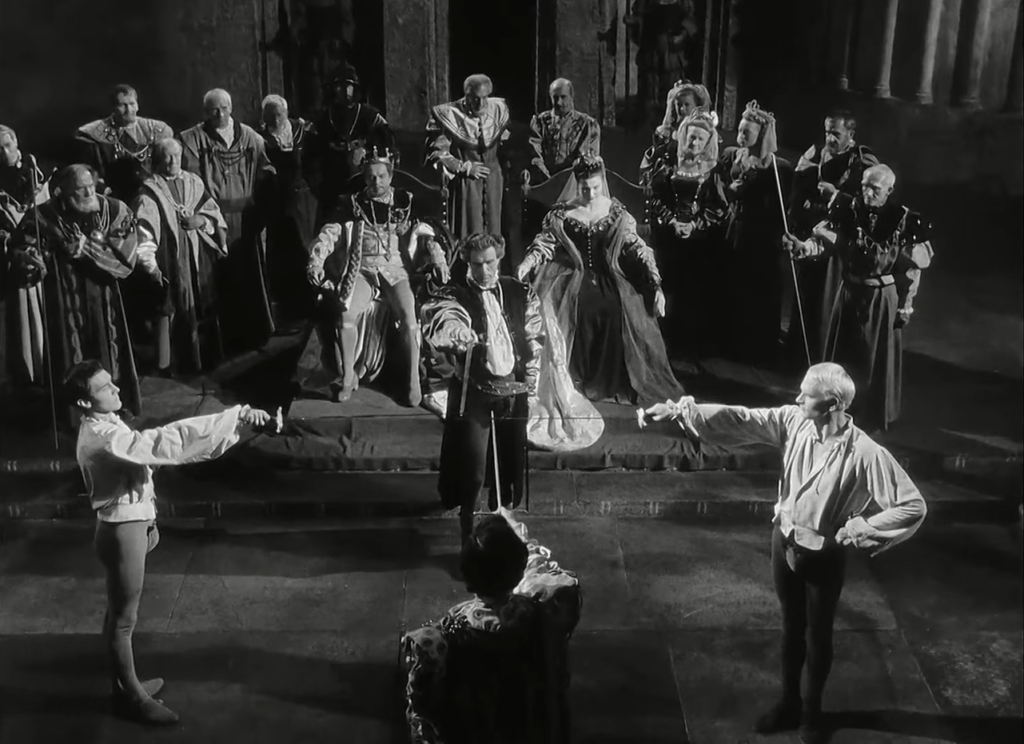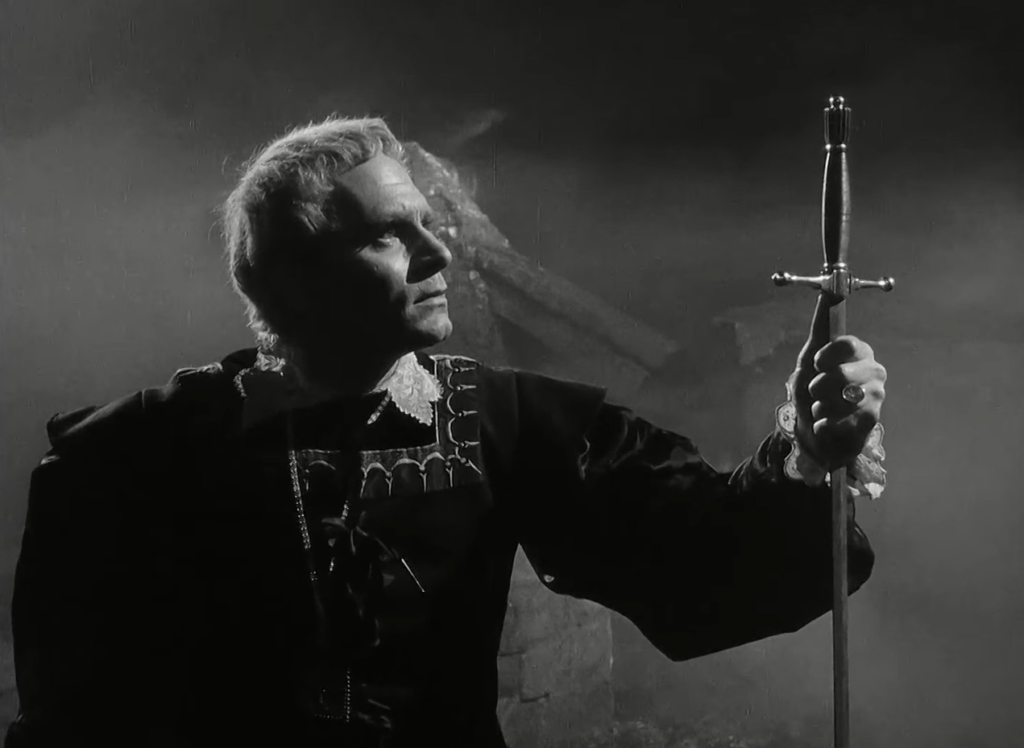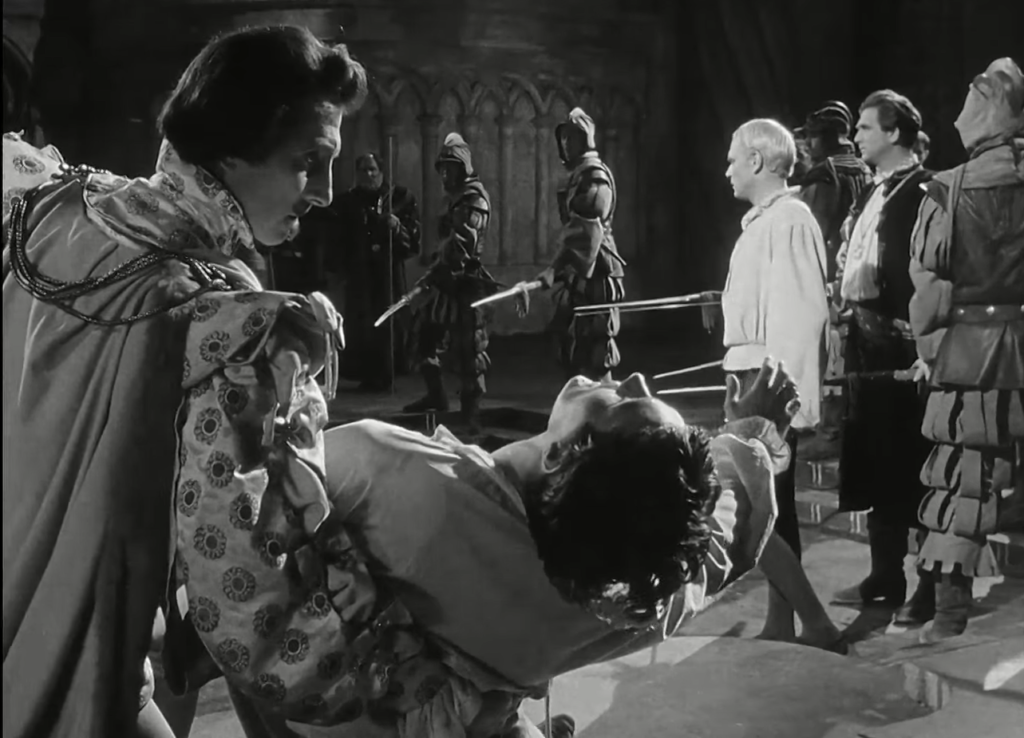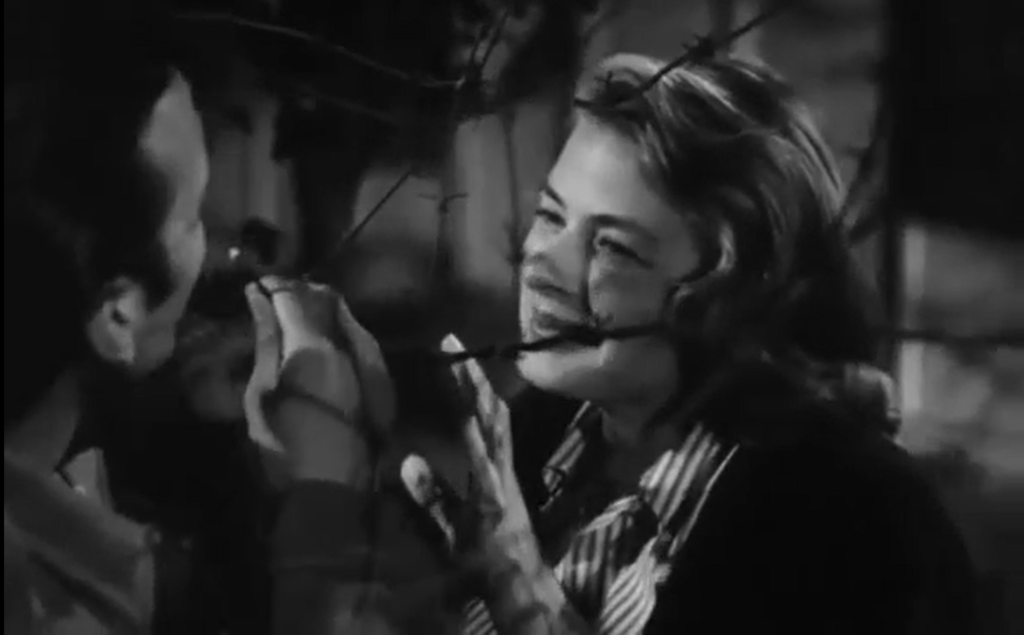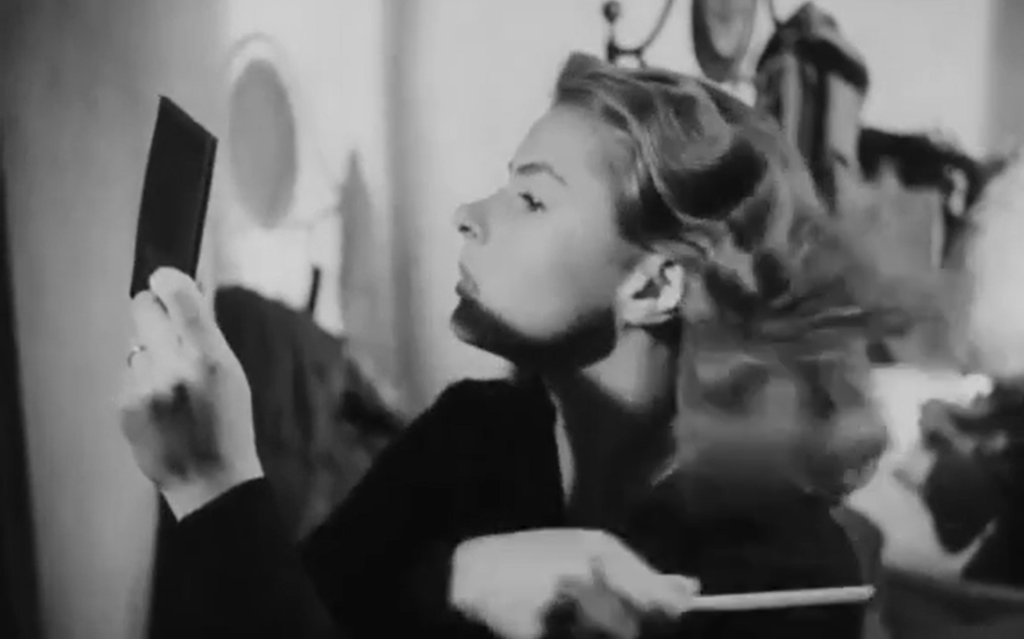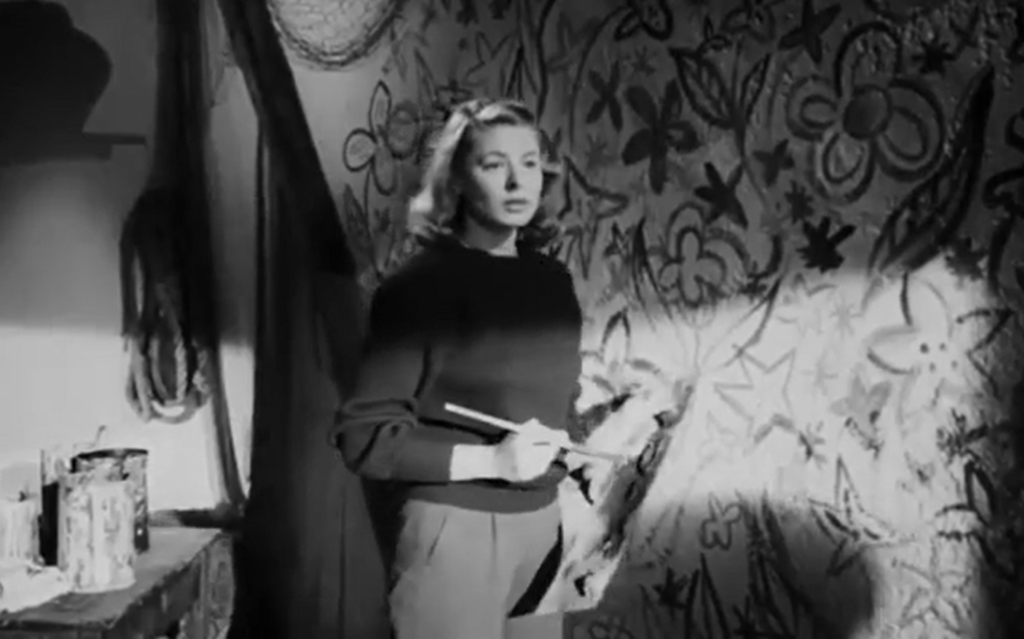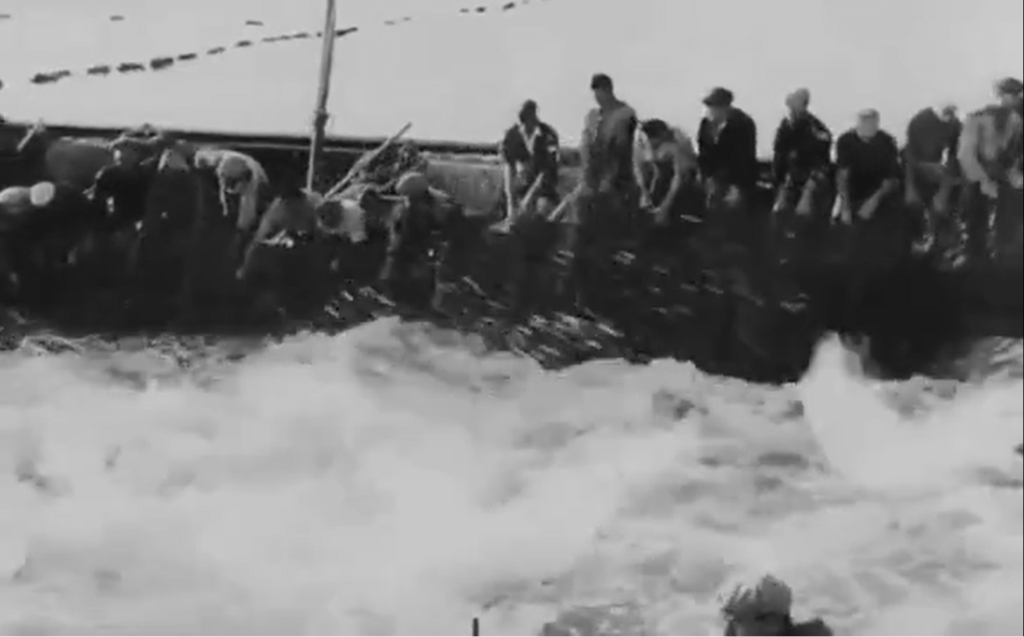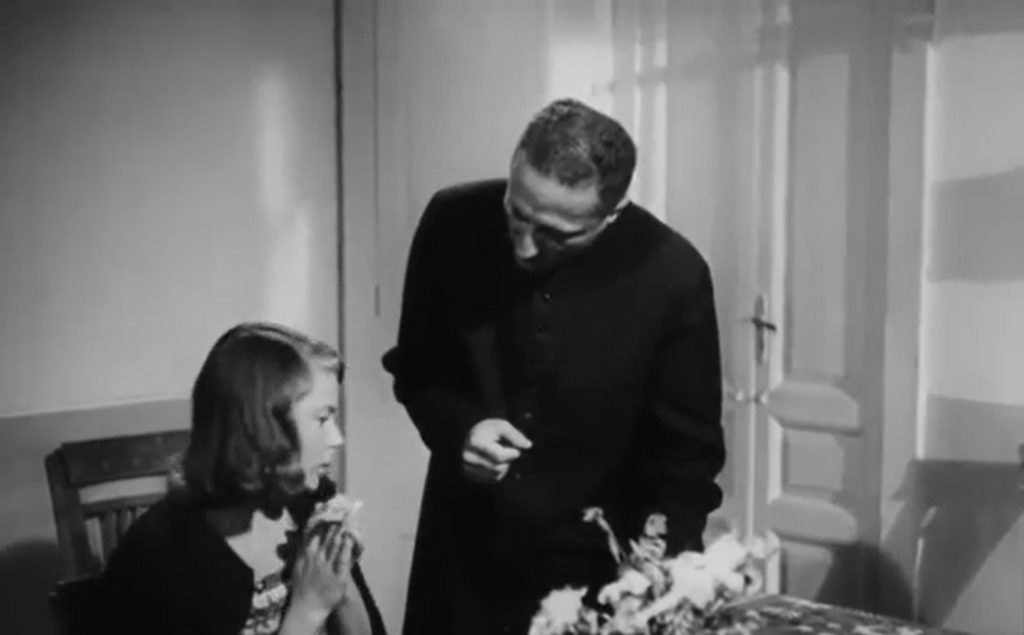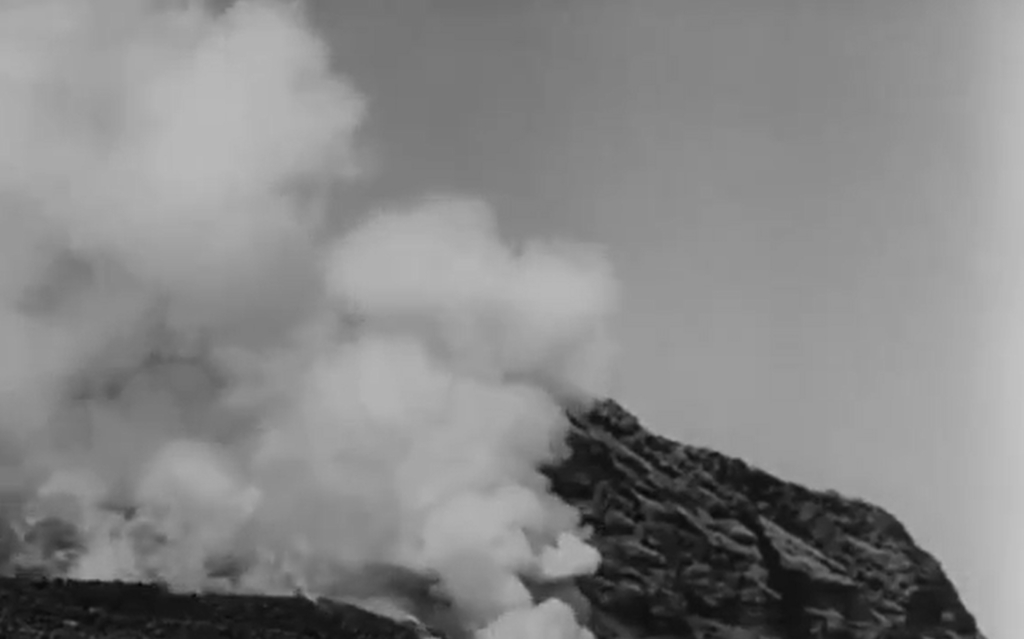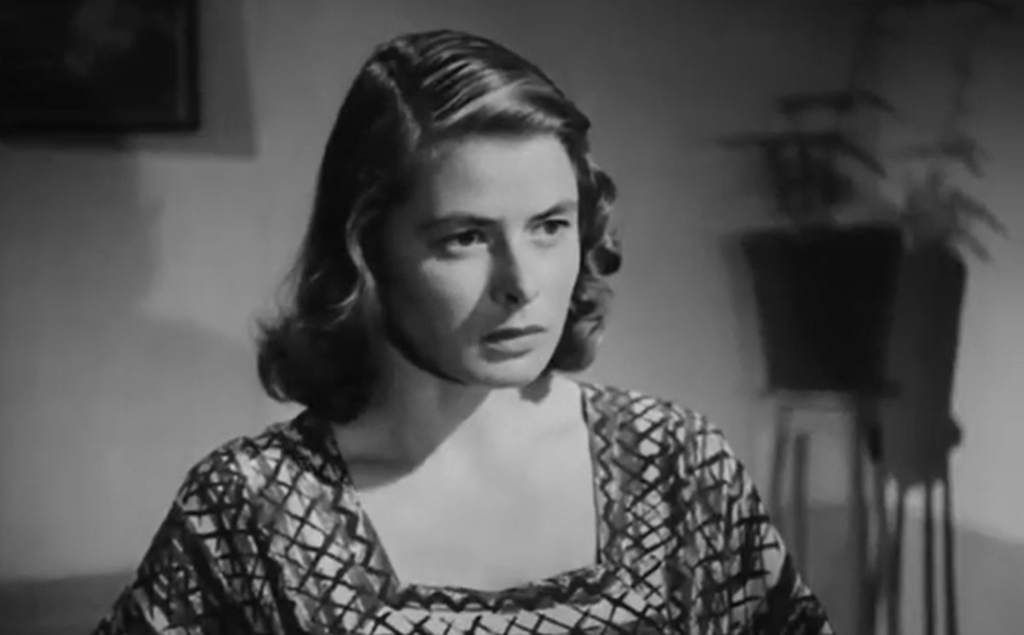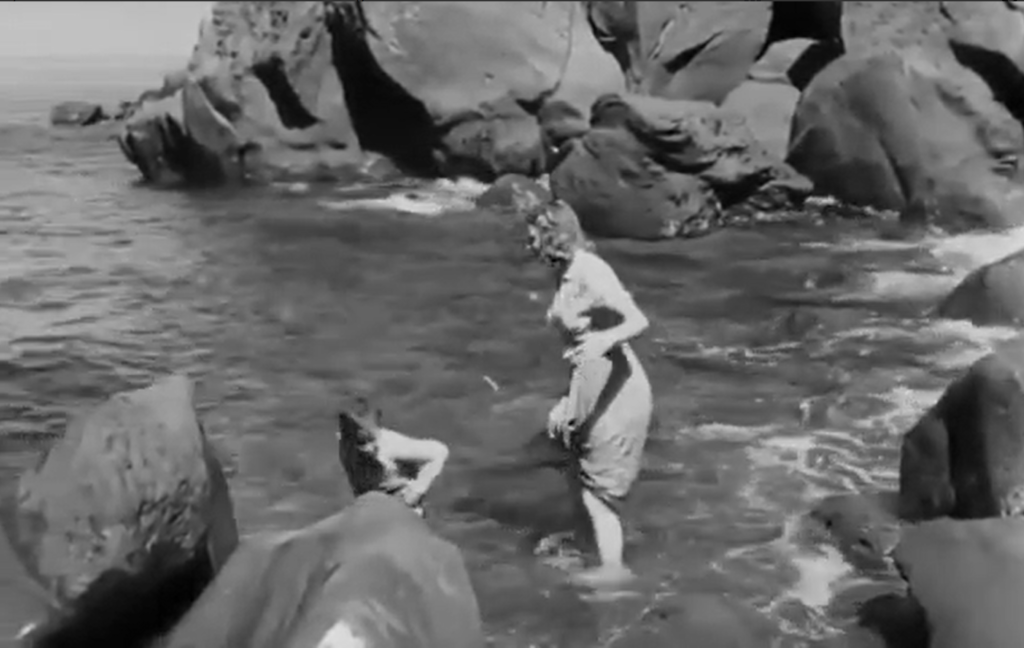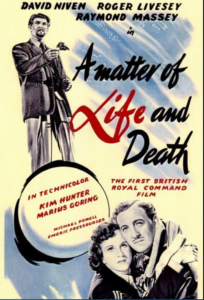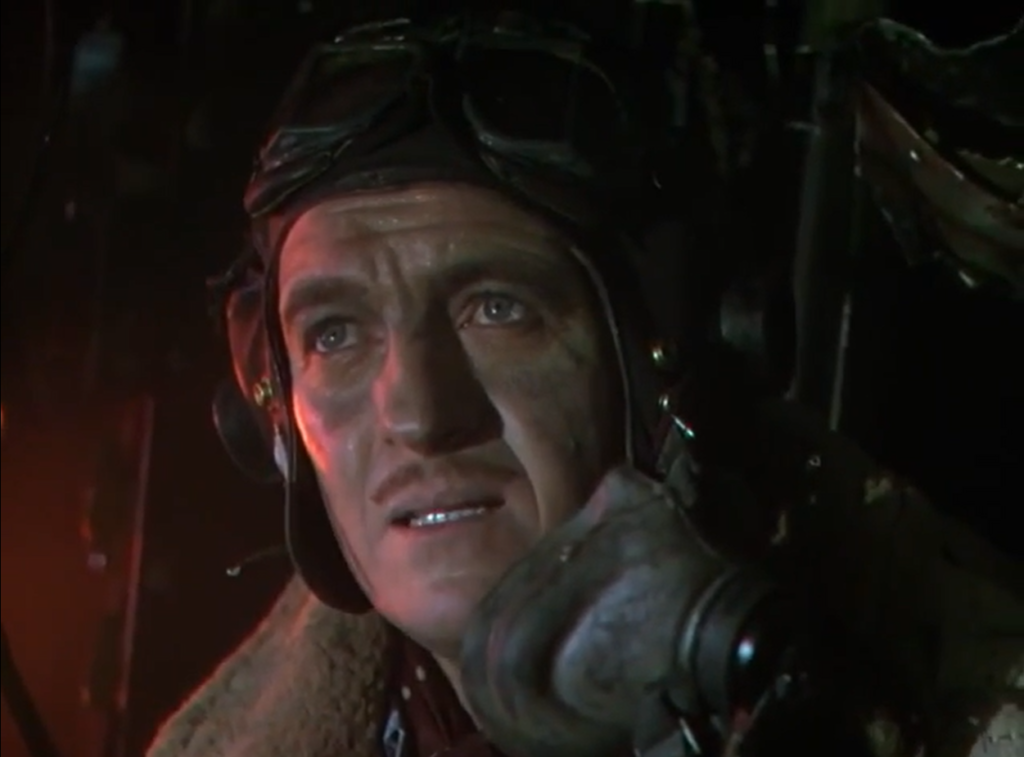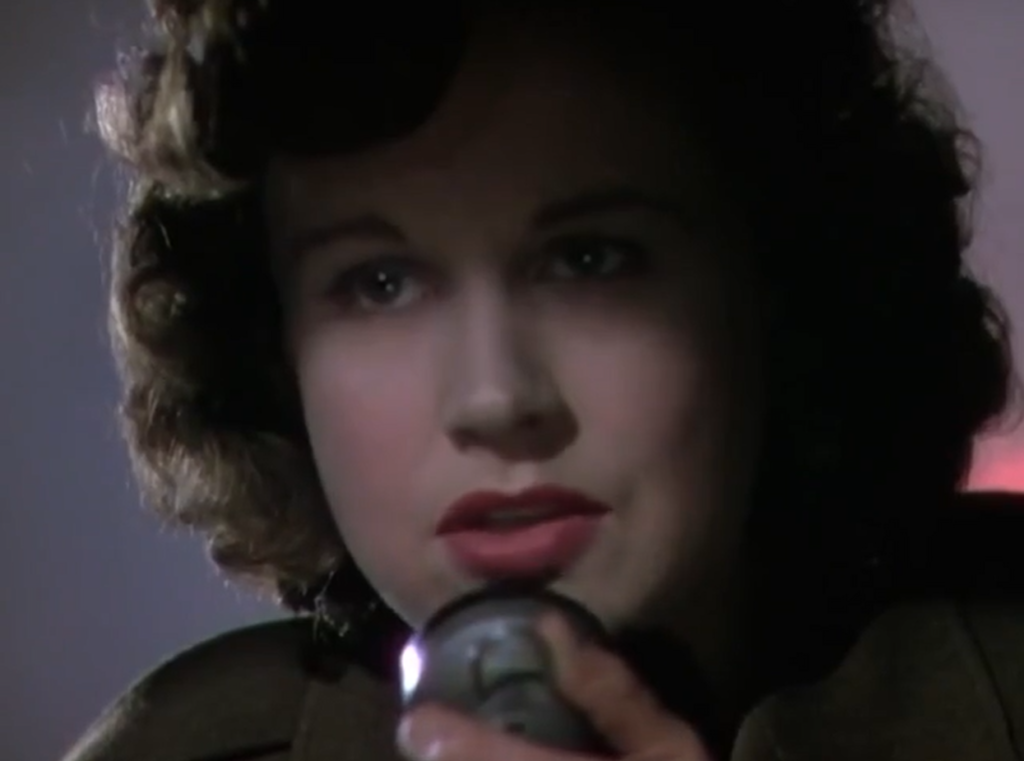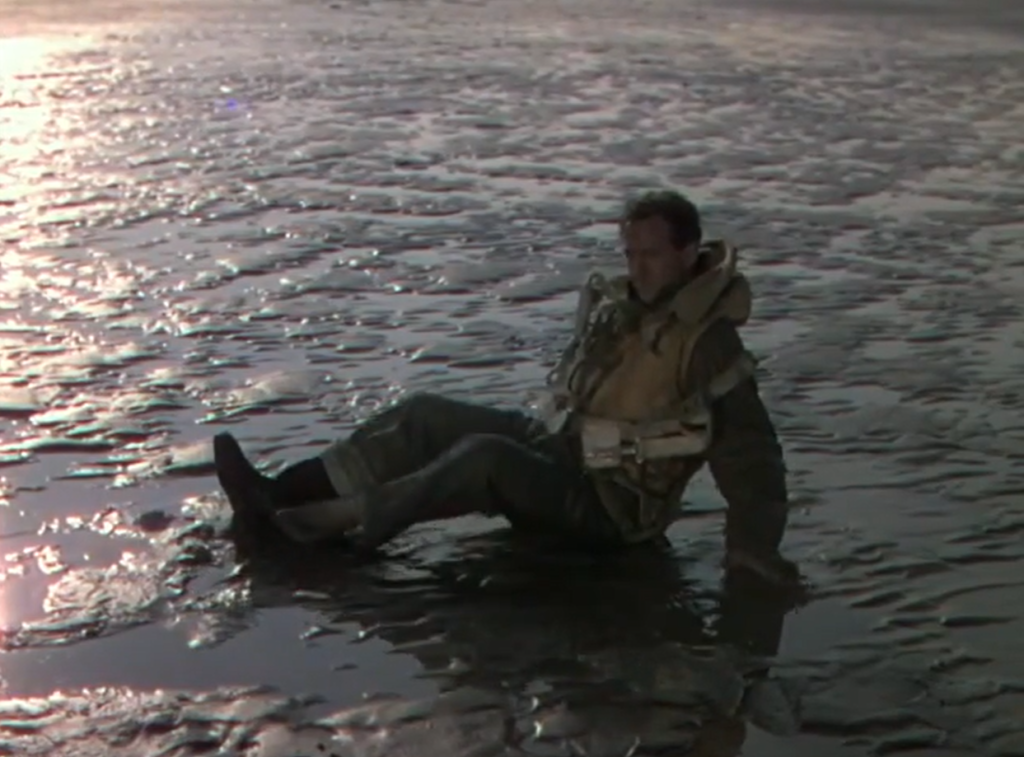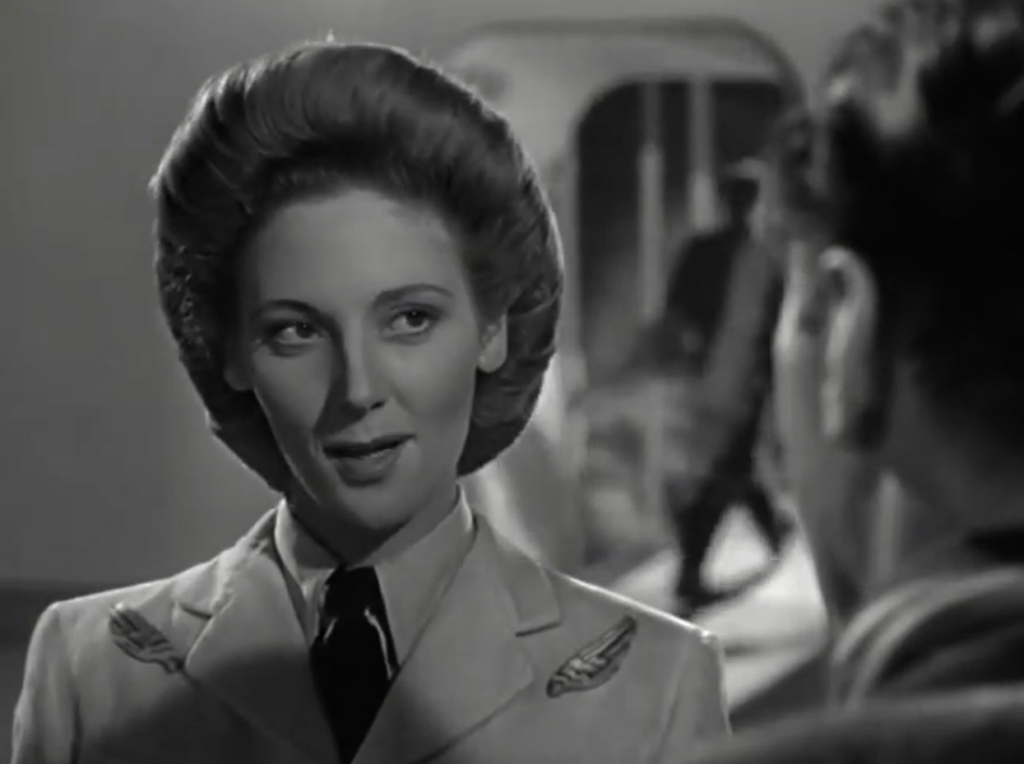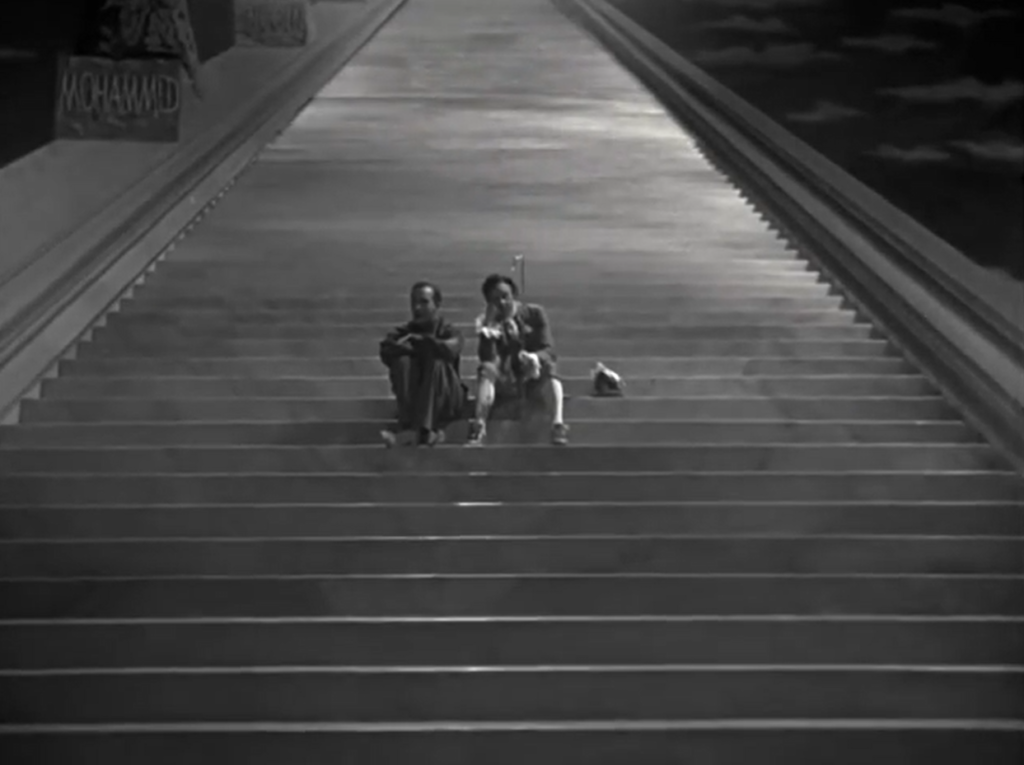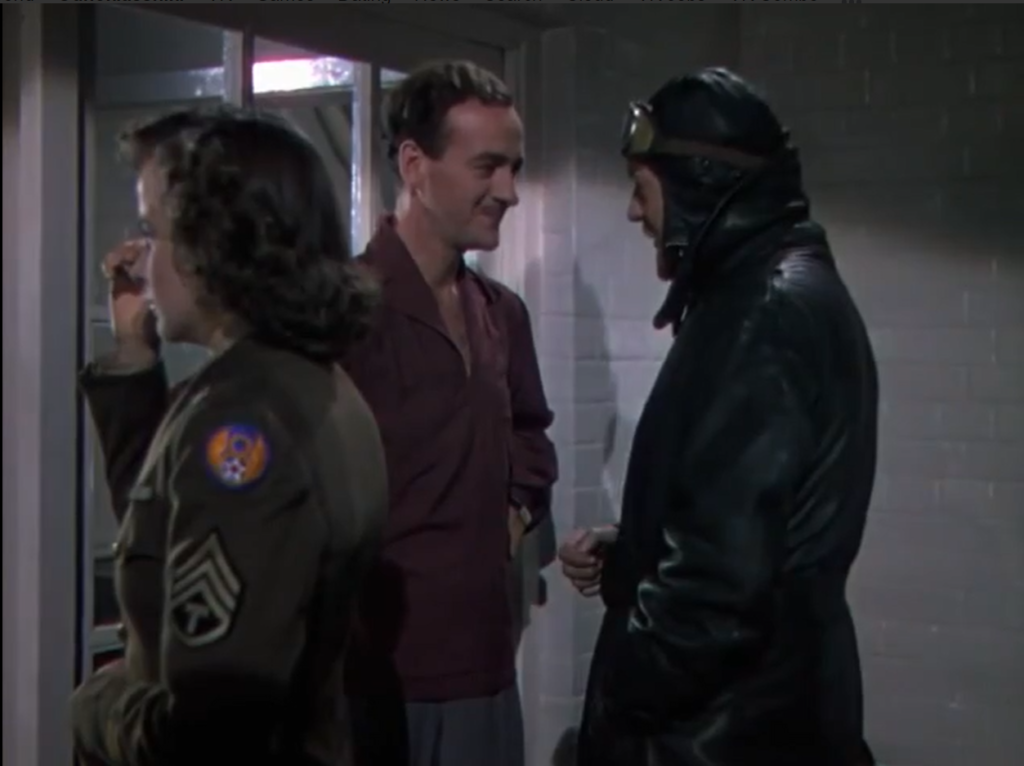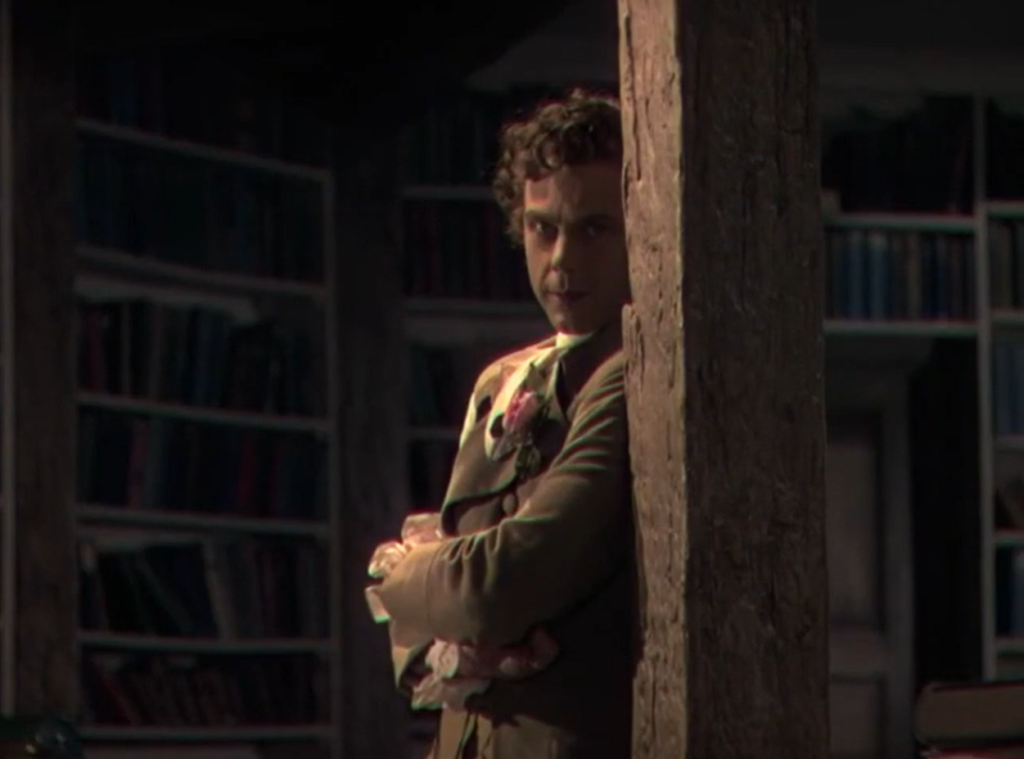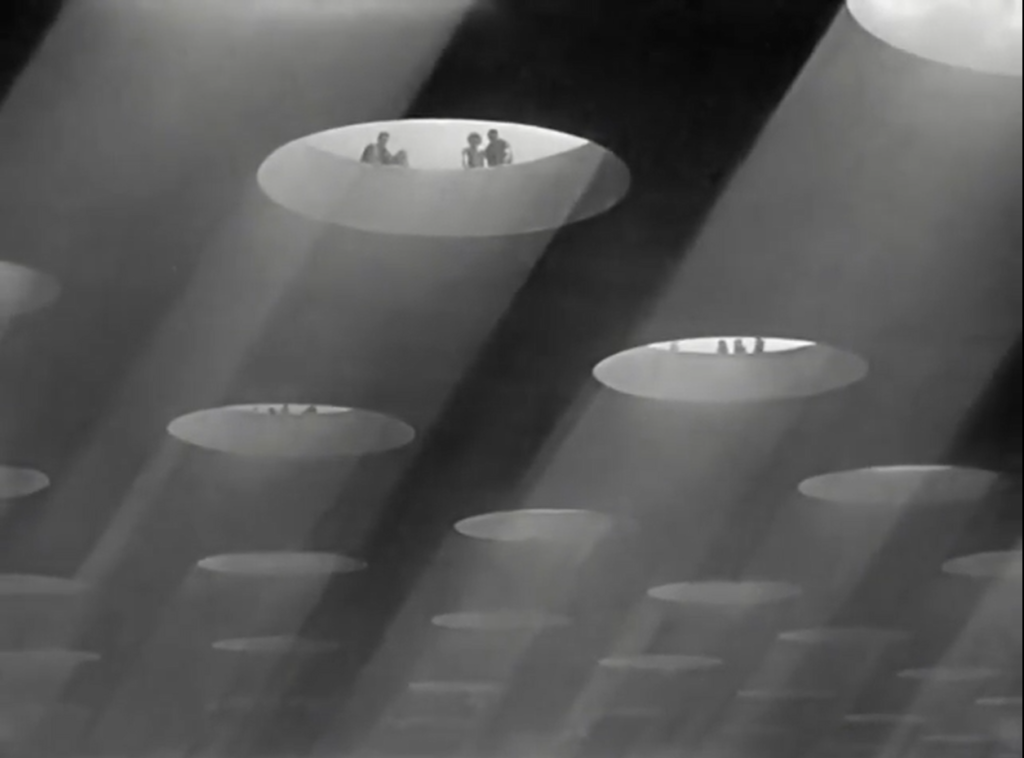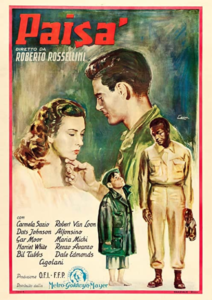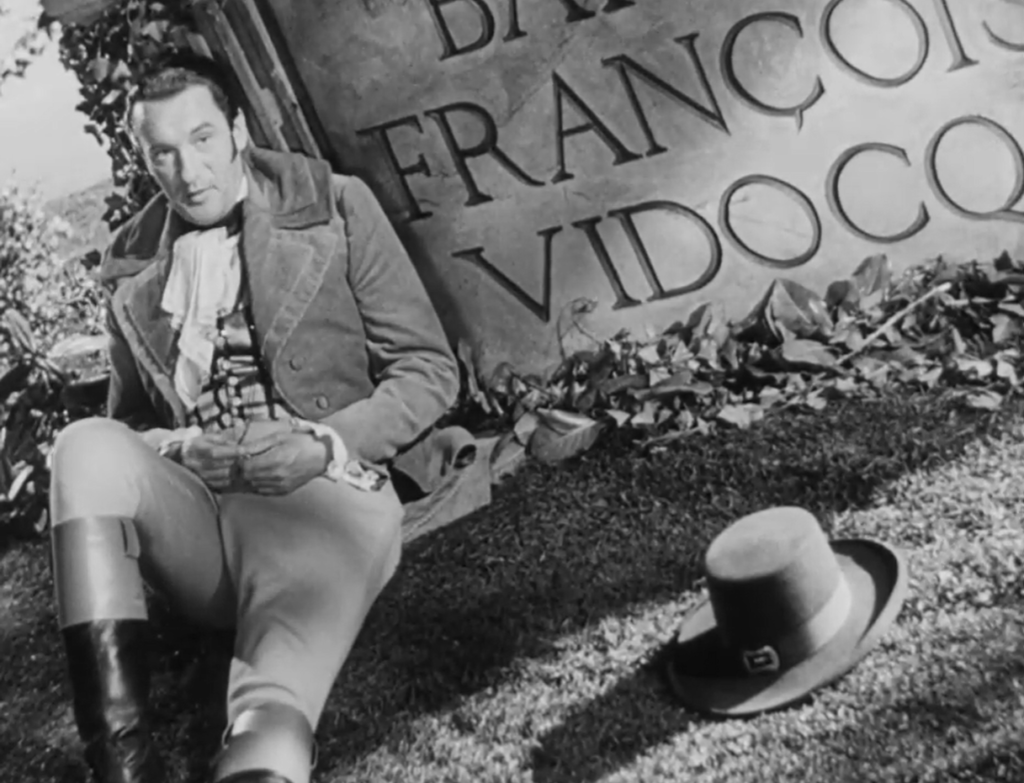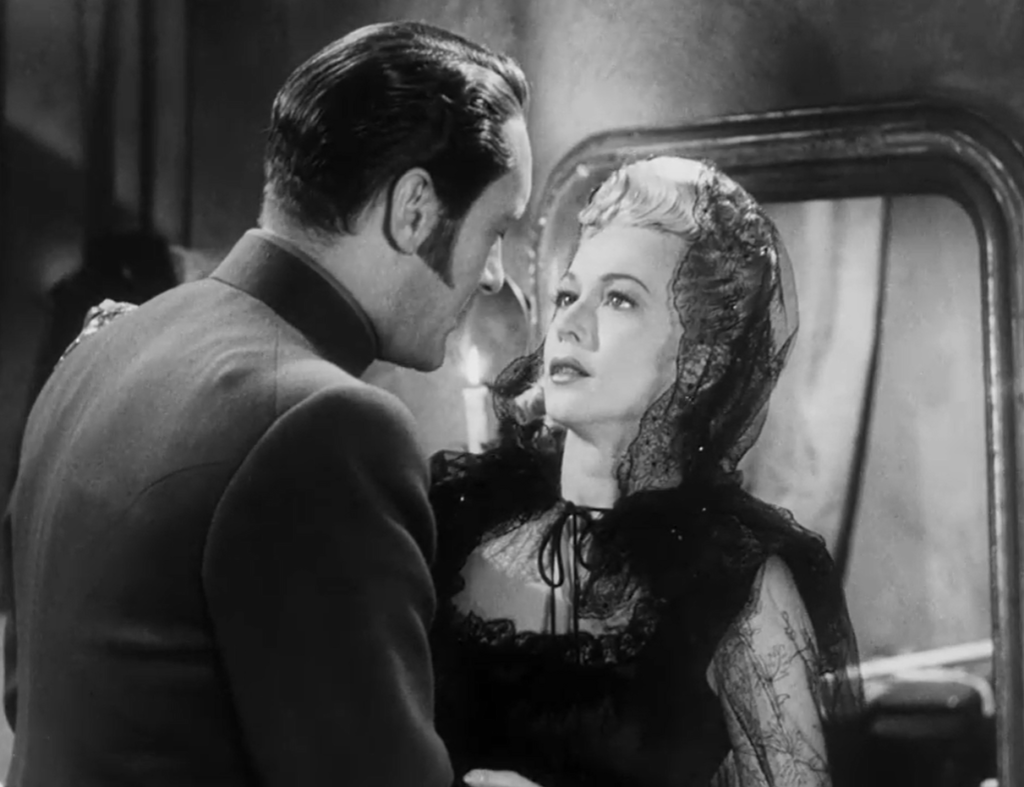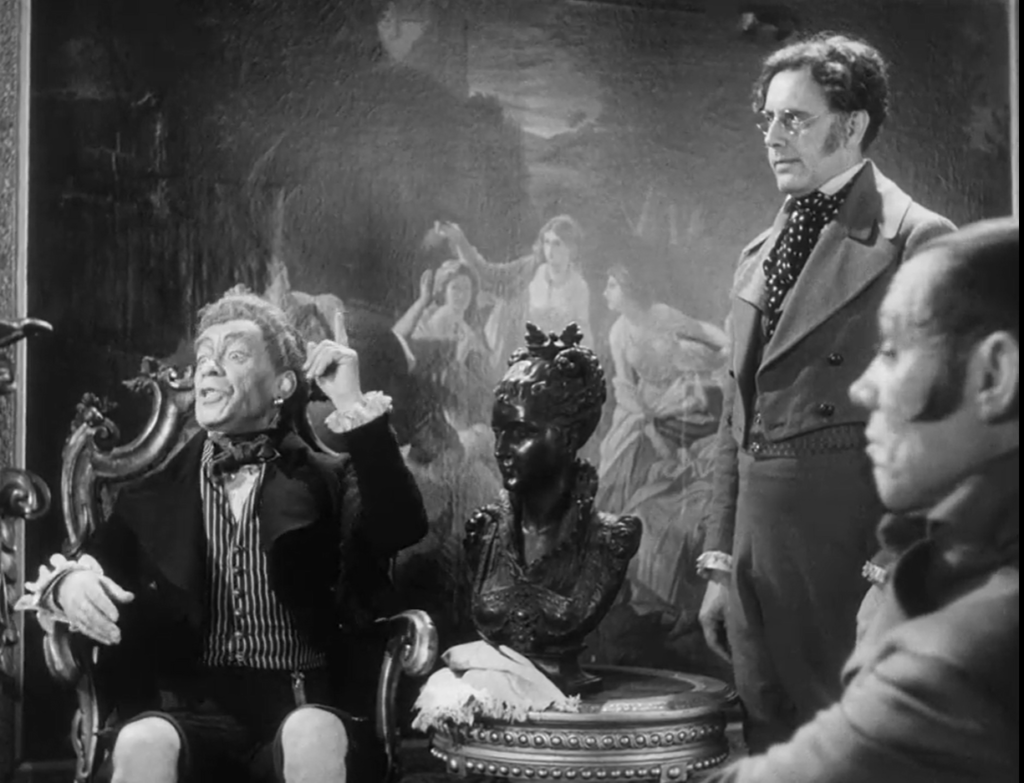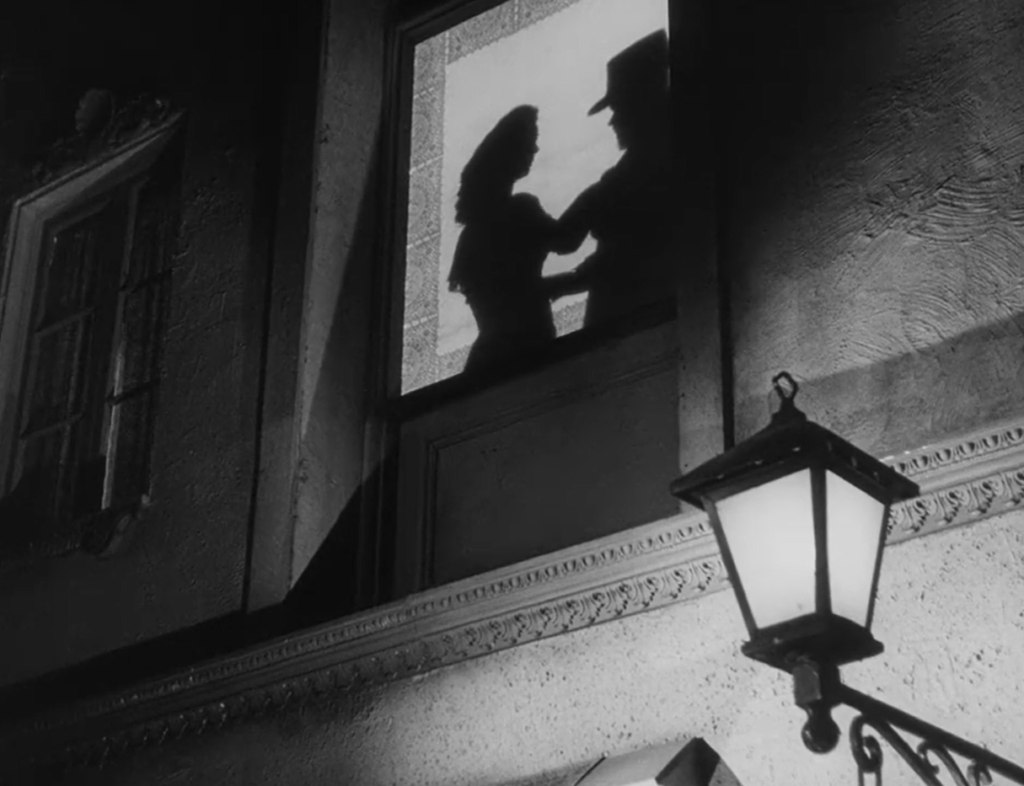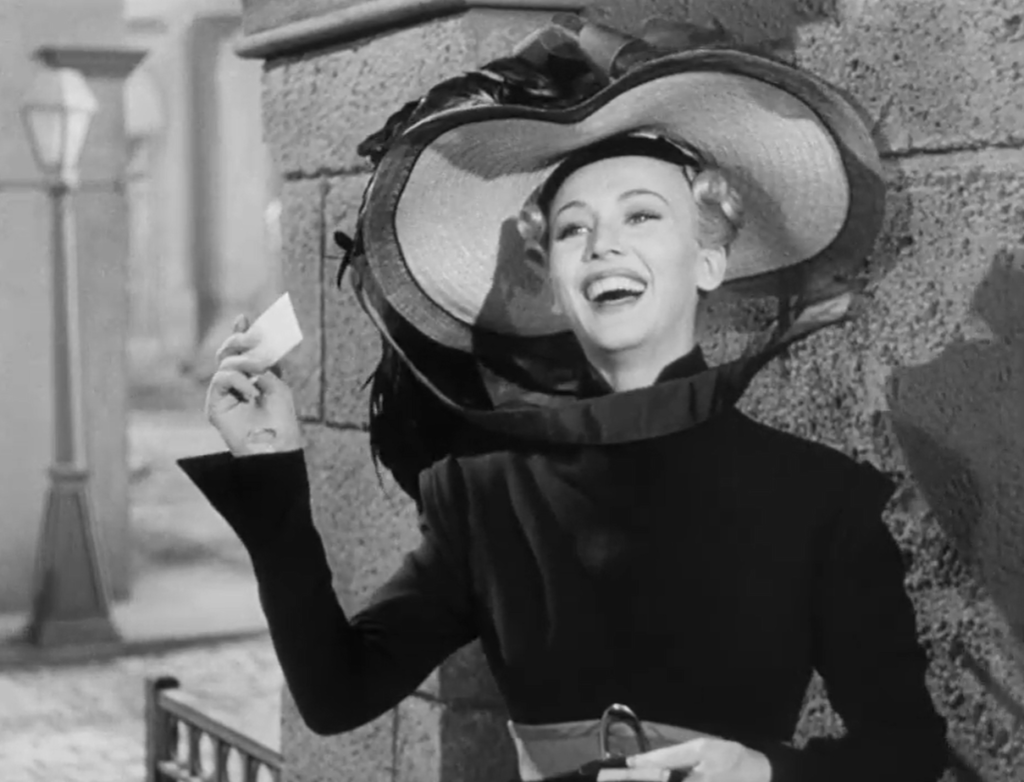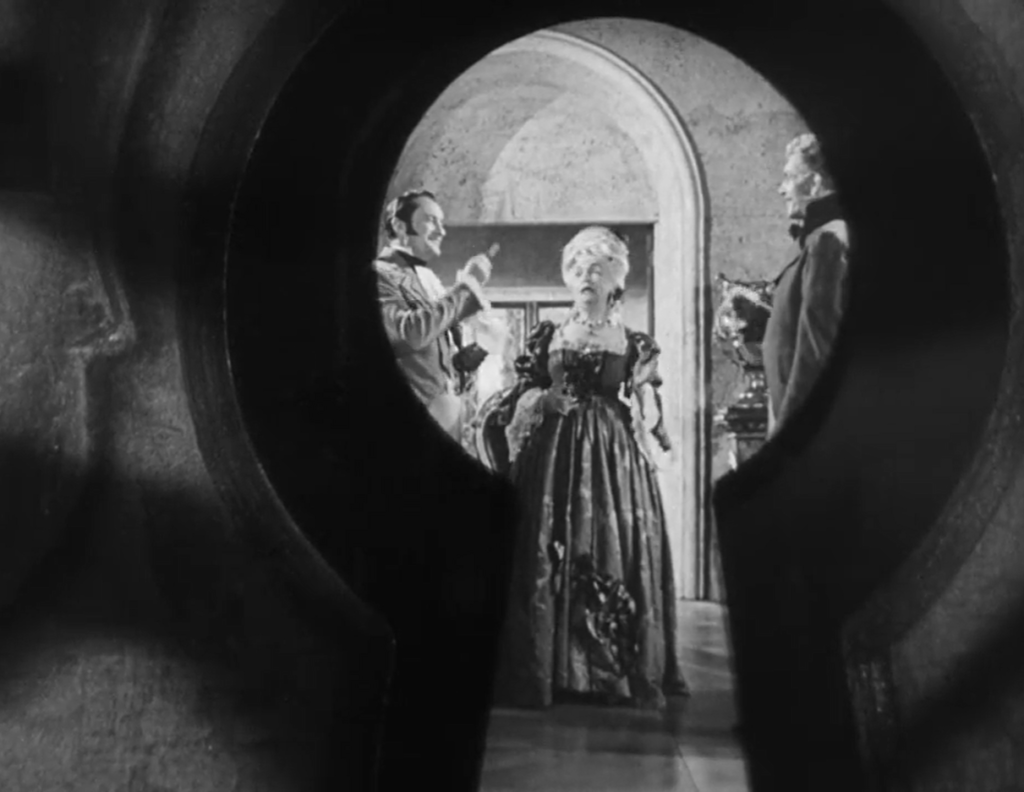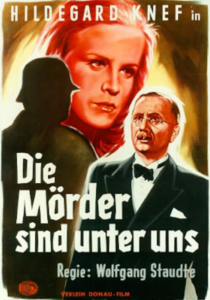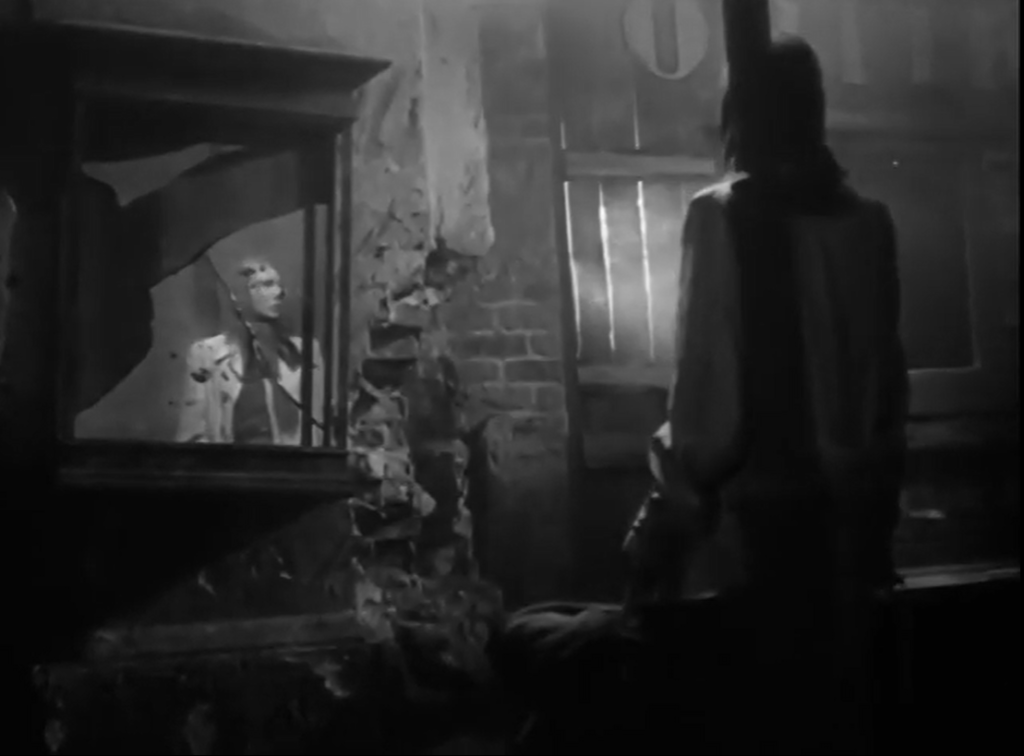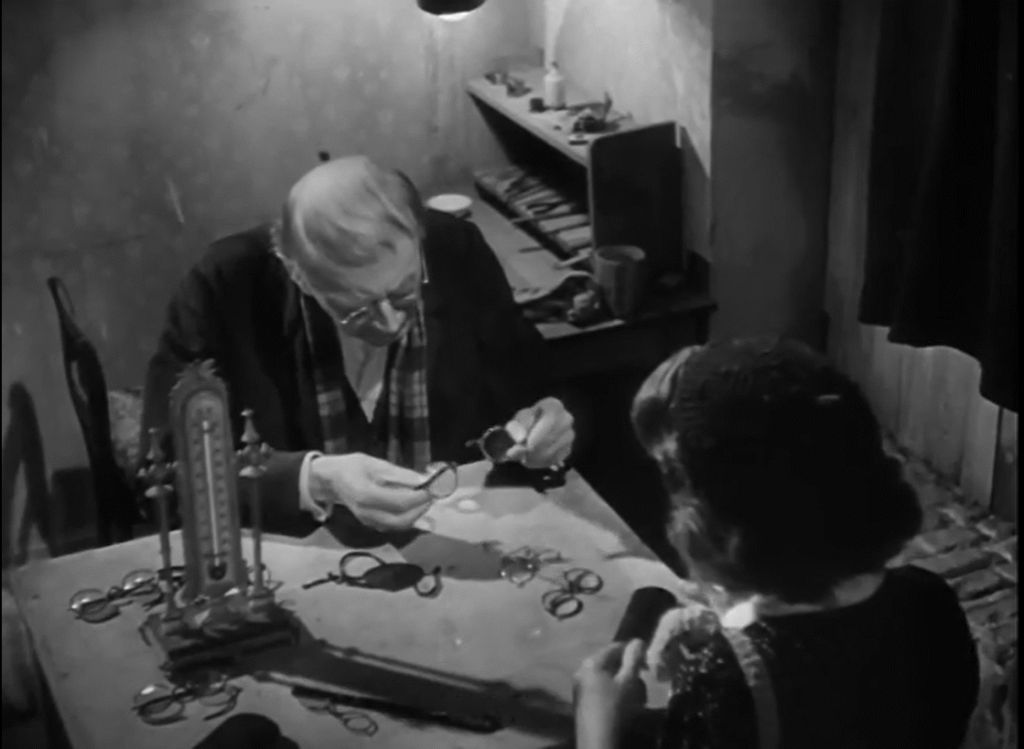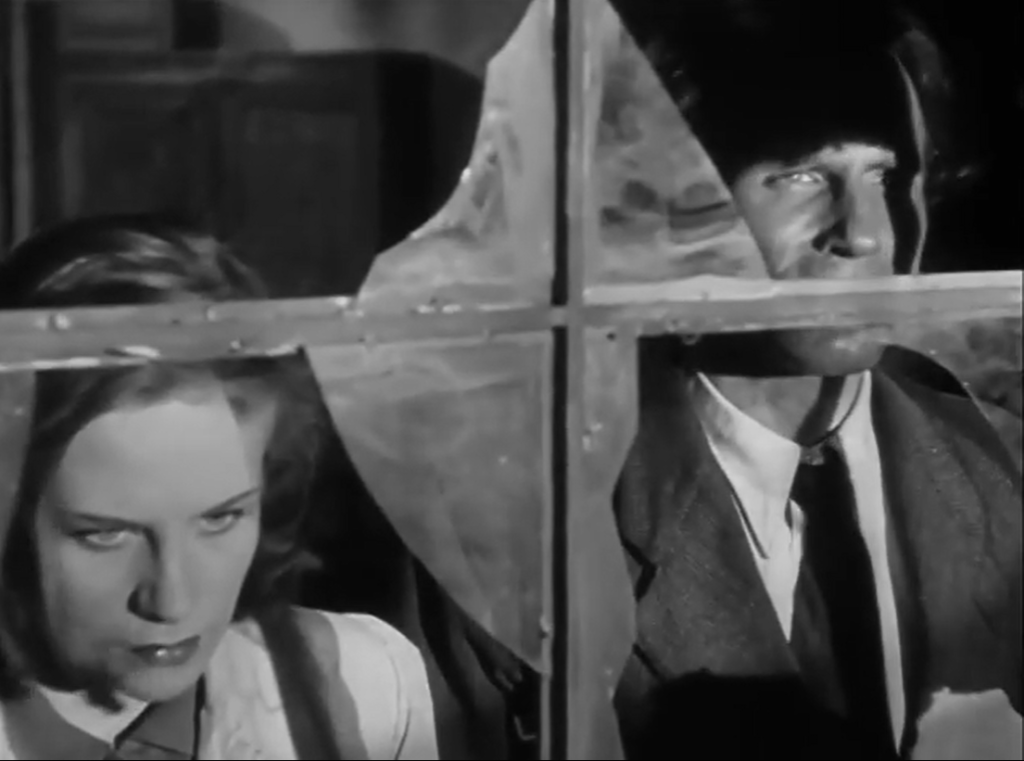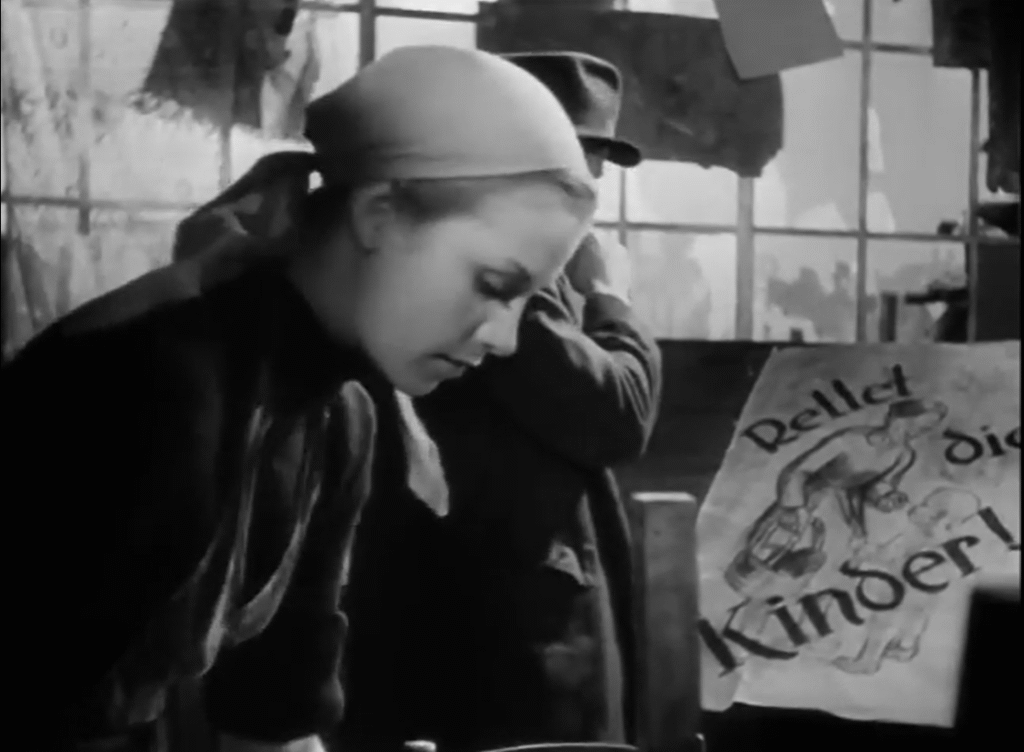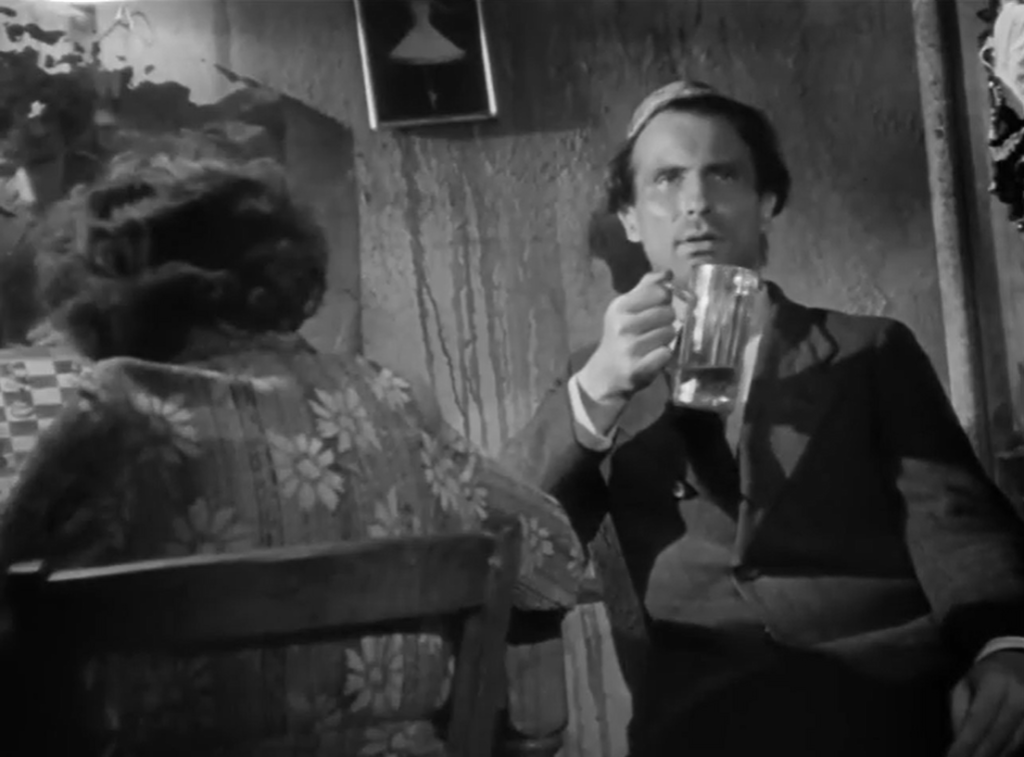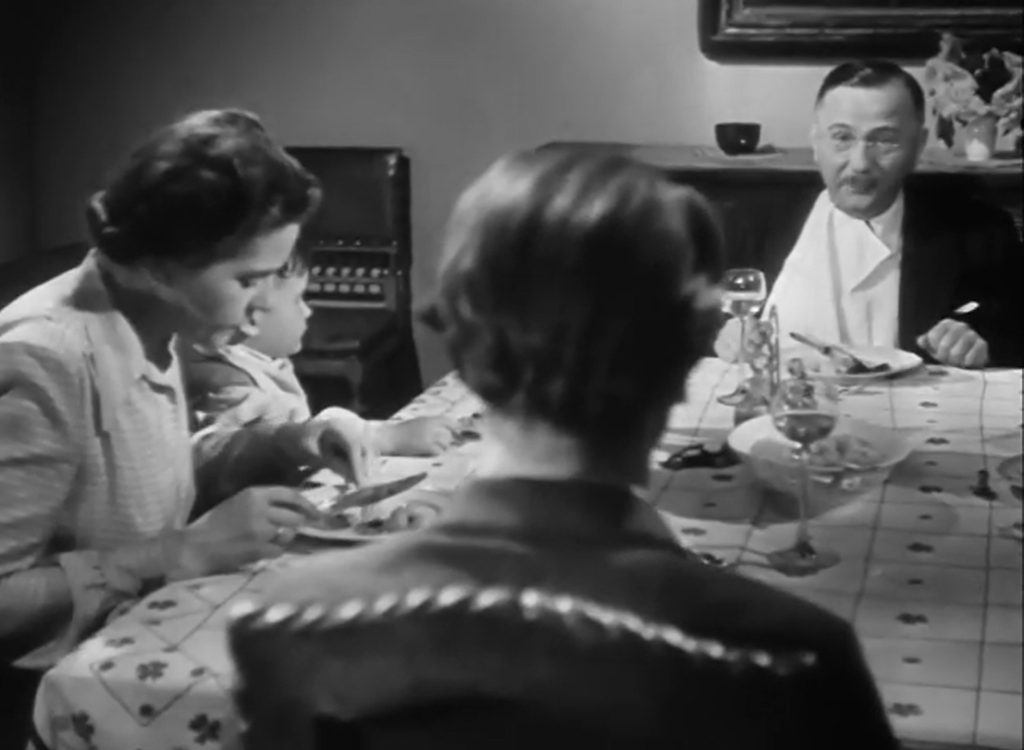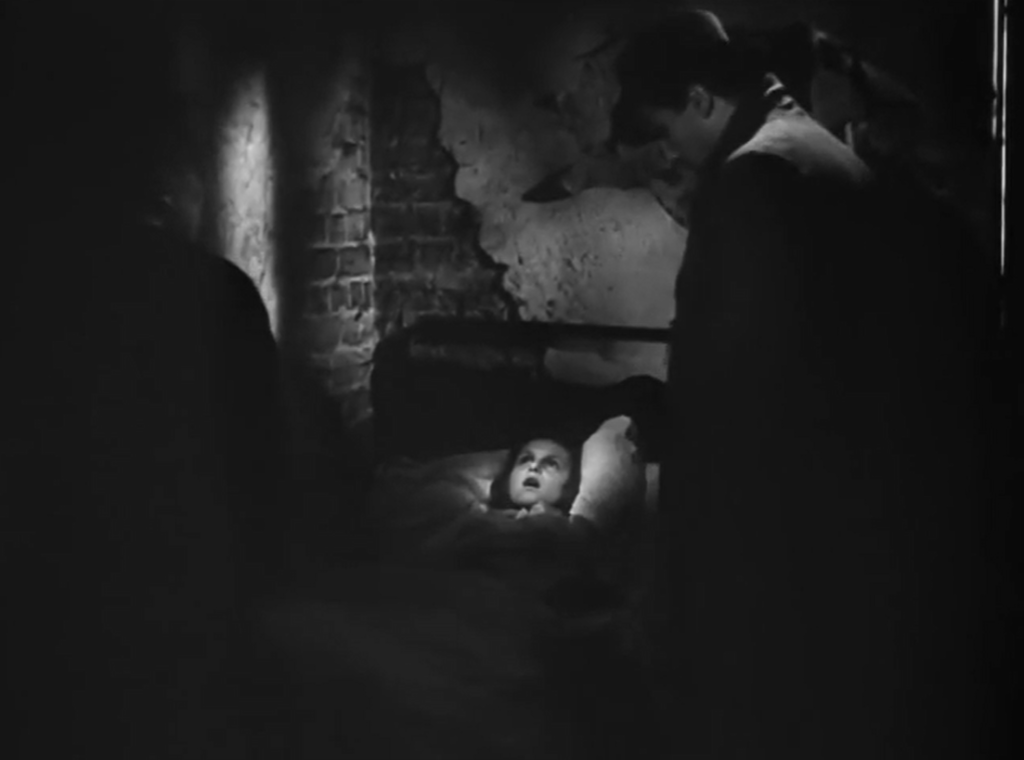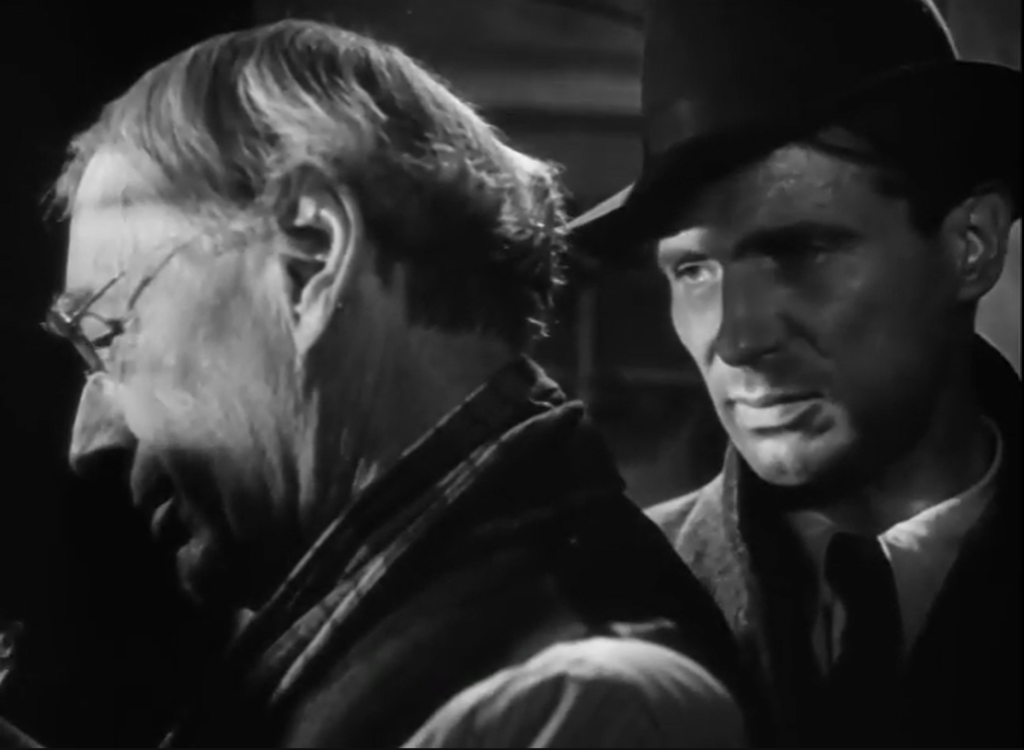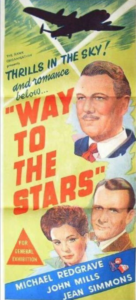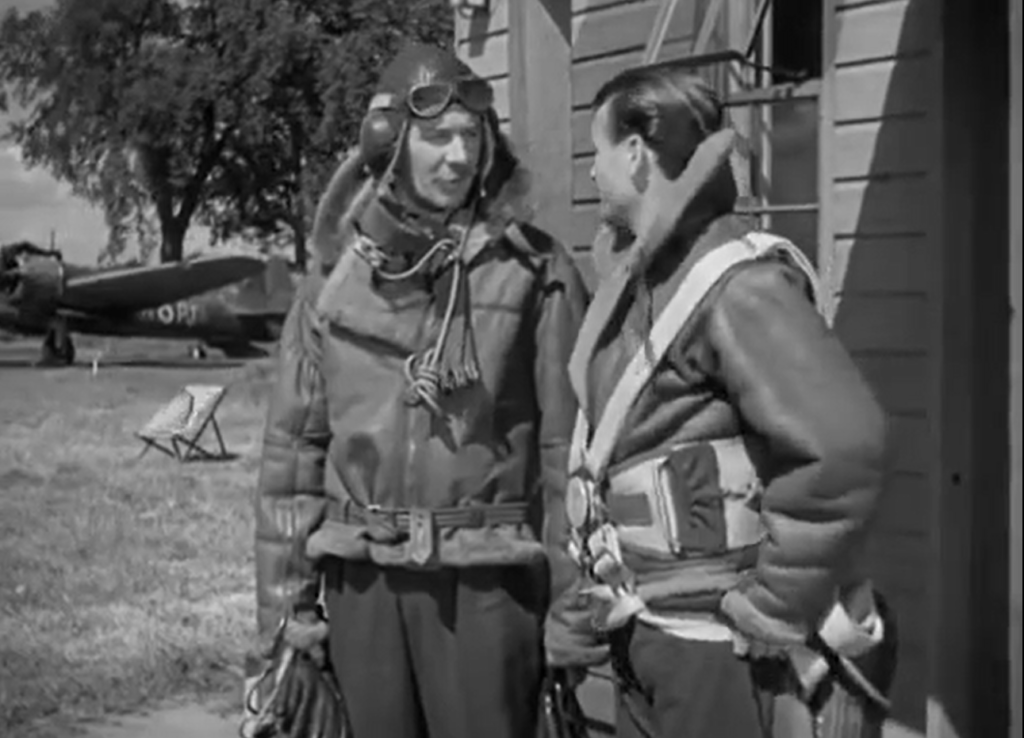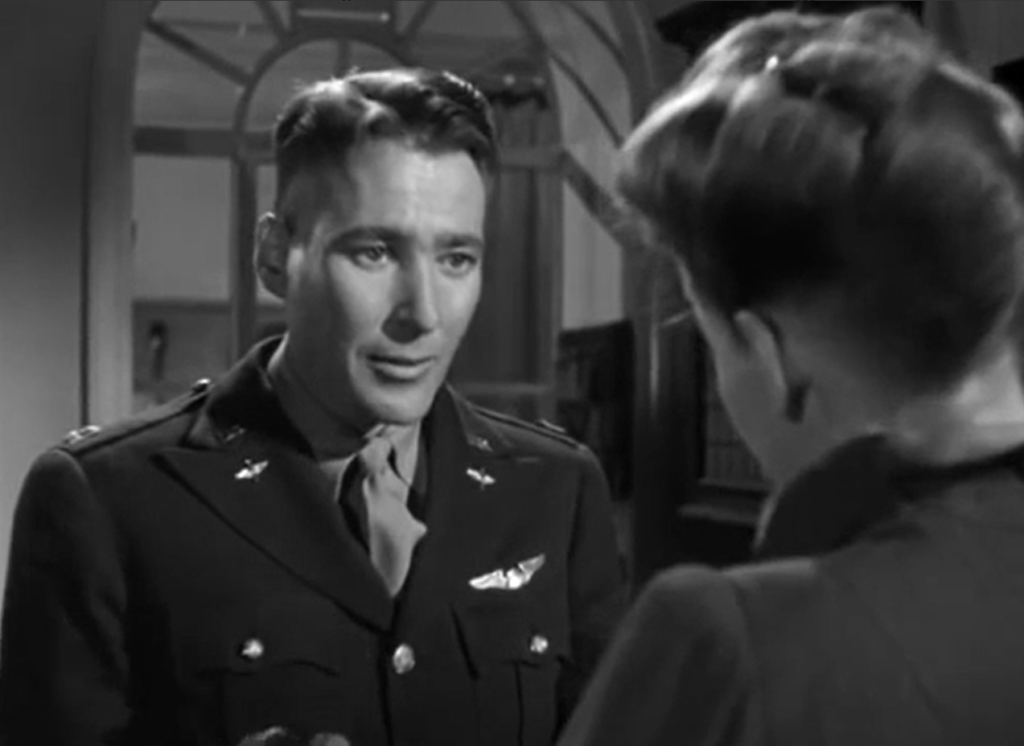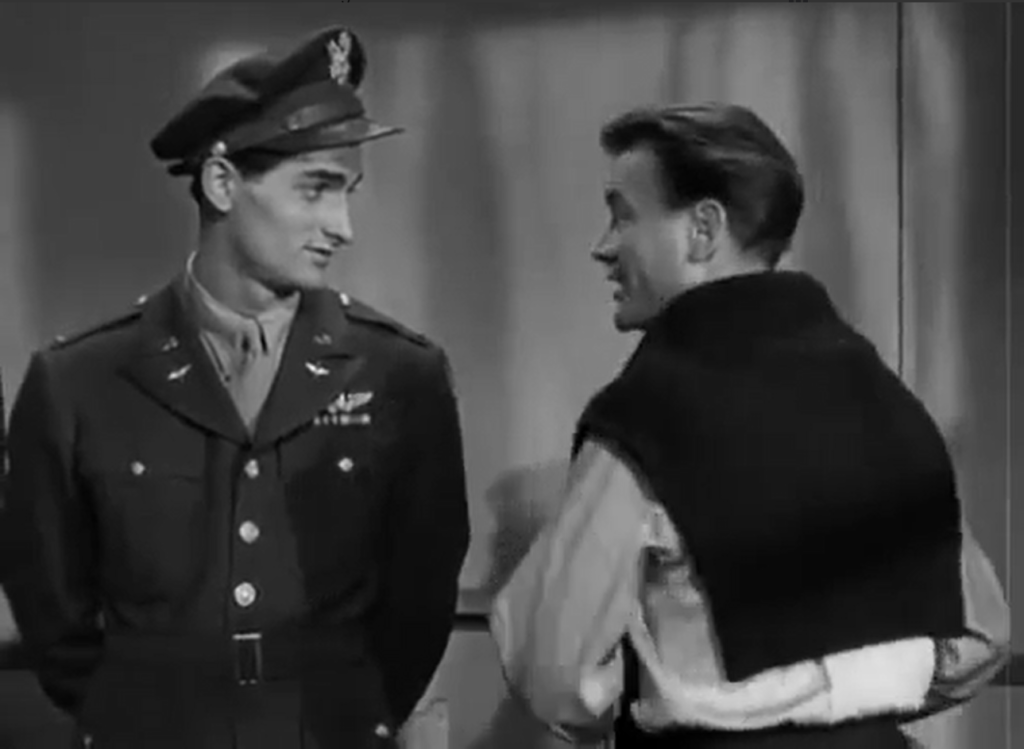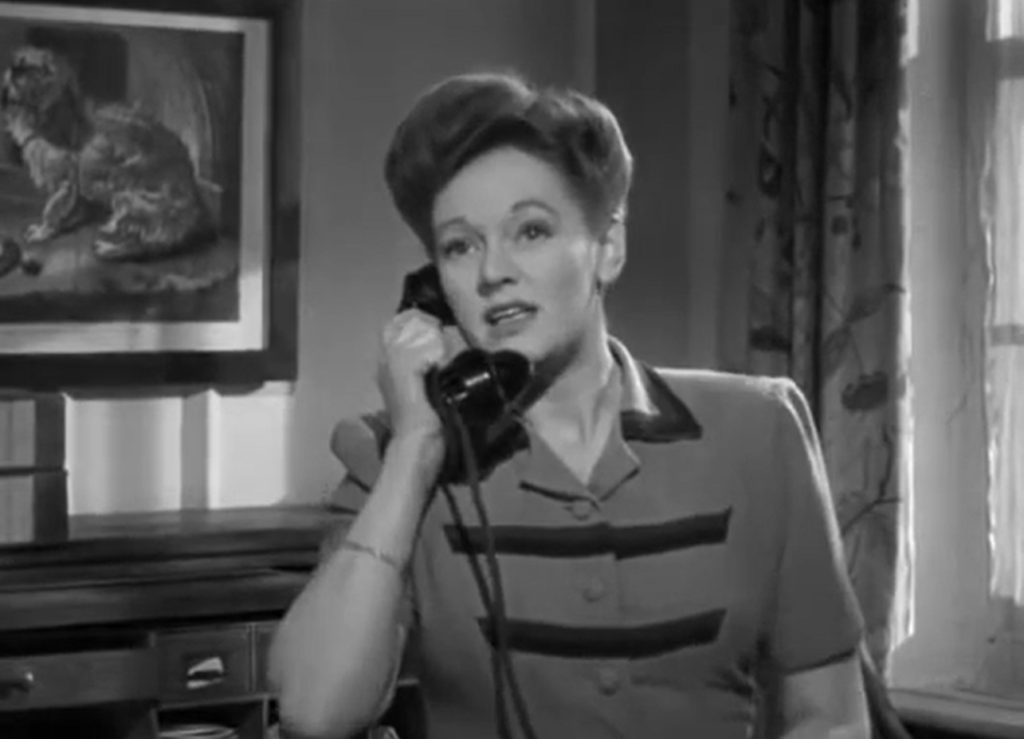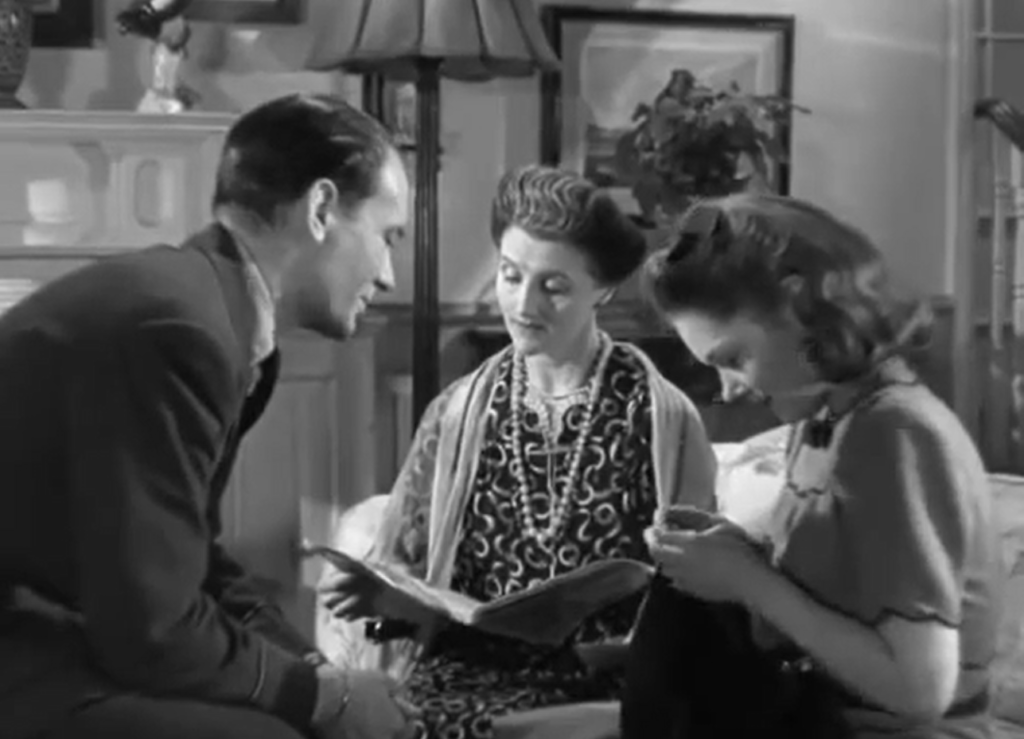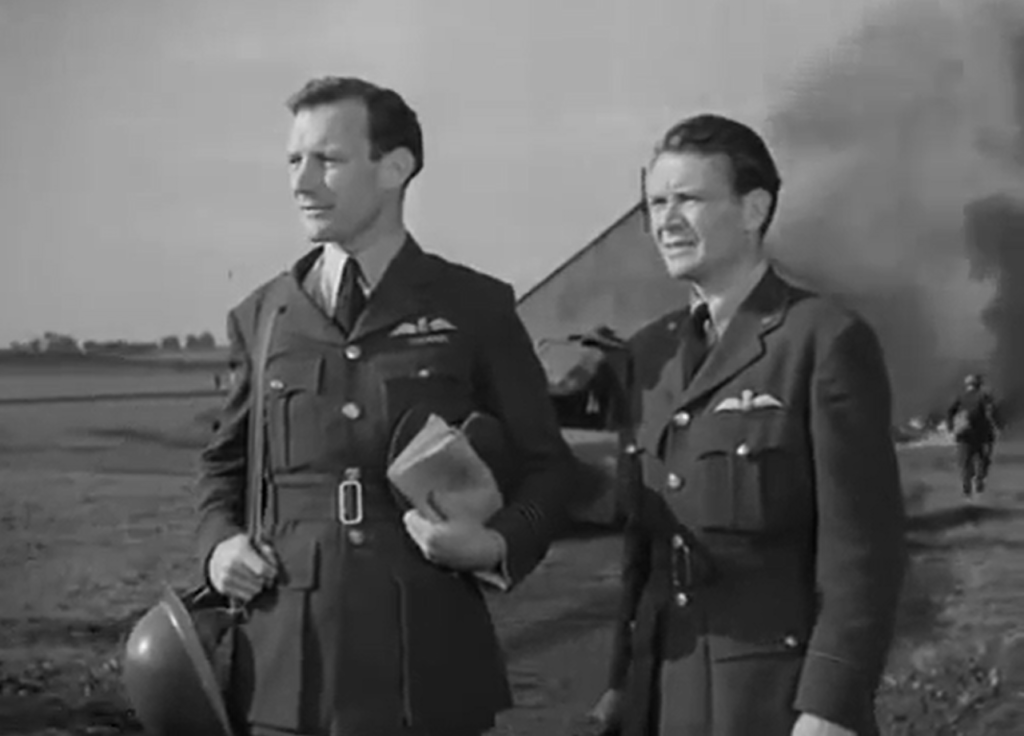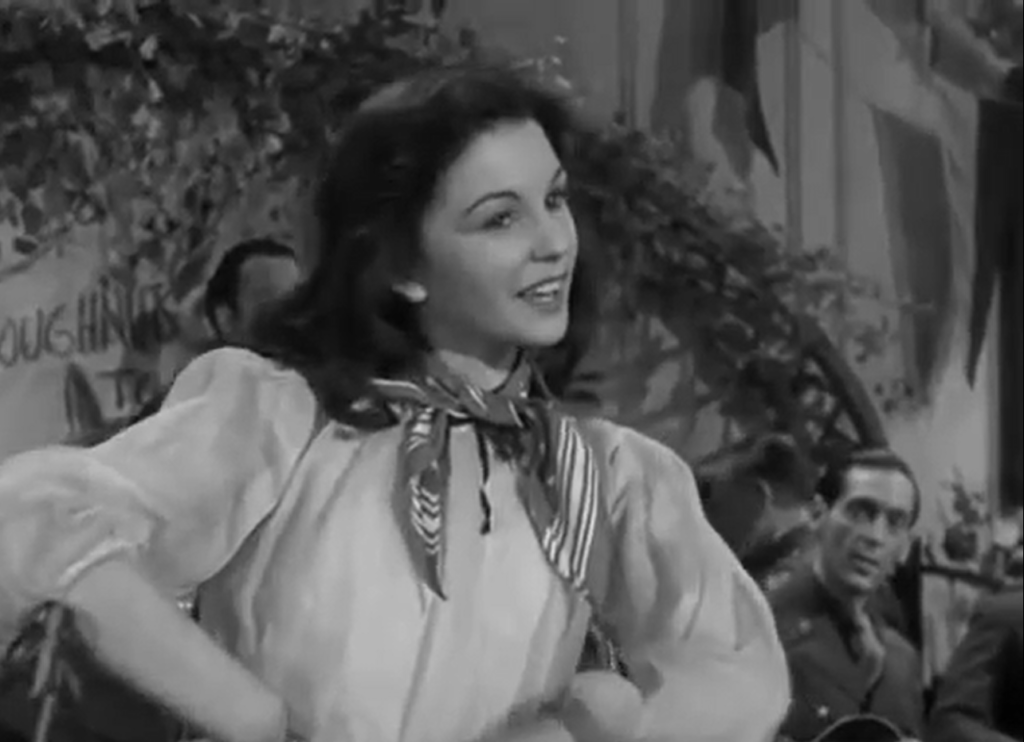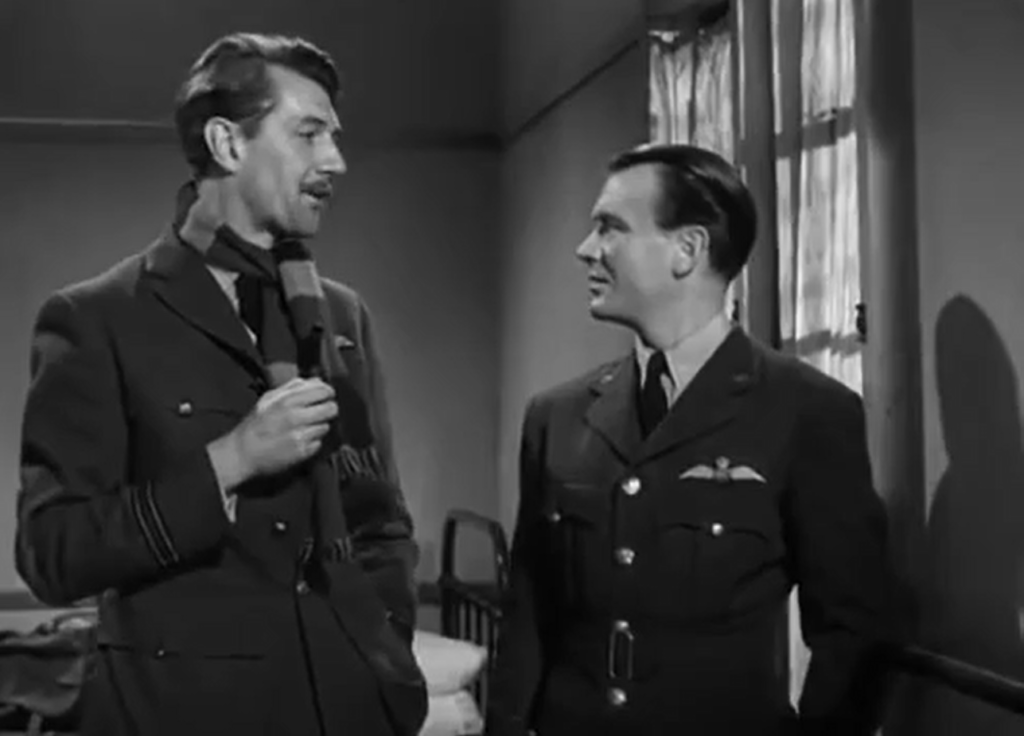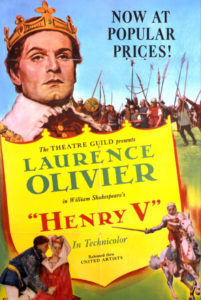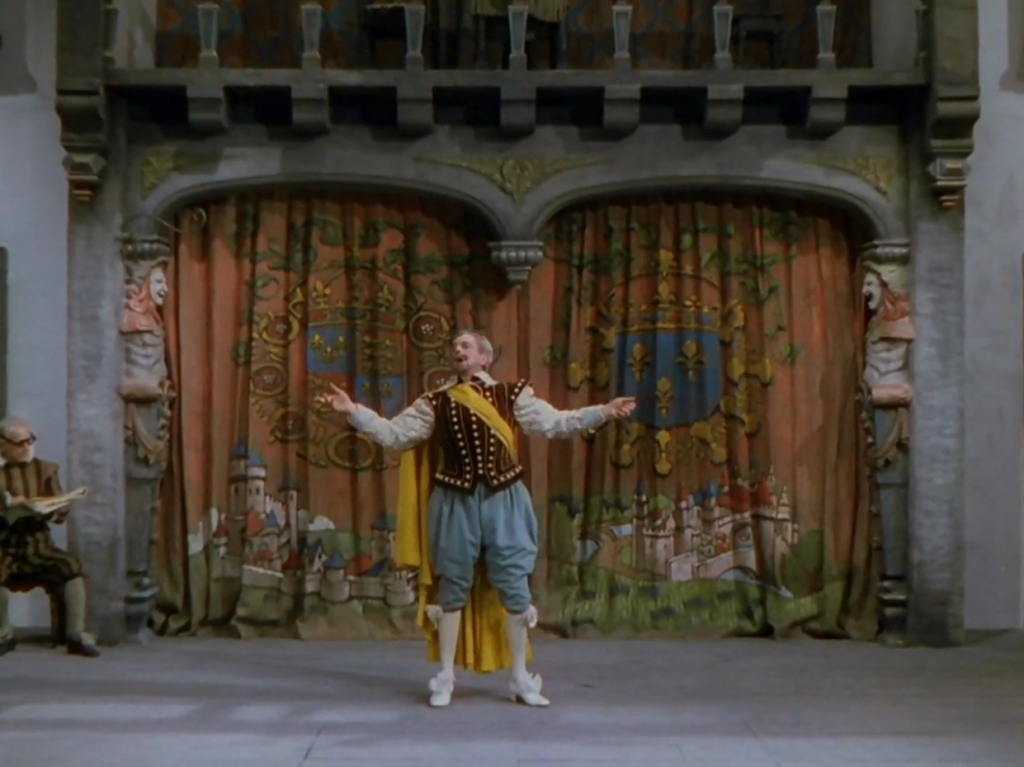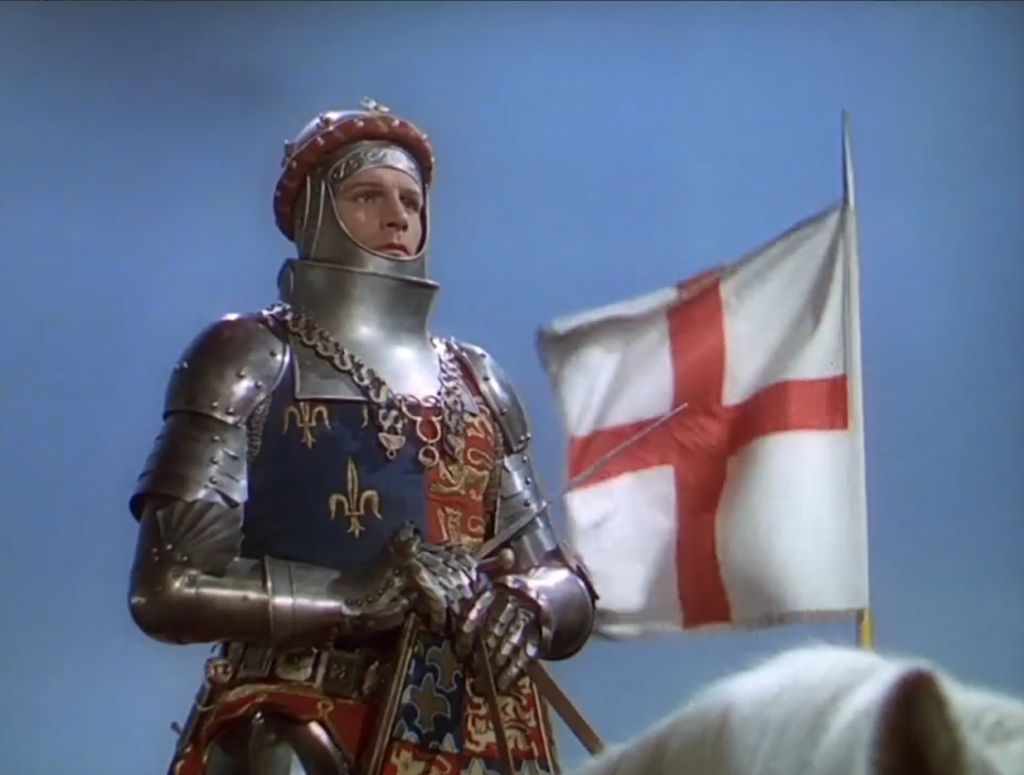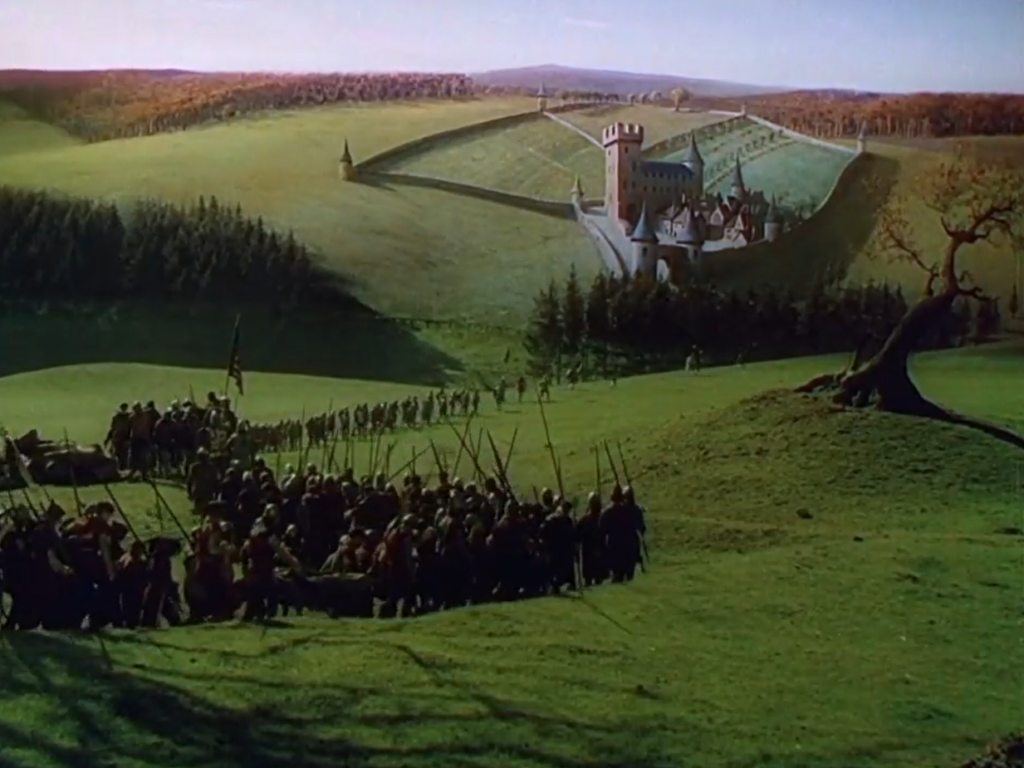|
Genres, Themes, Actors, and Directors:
- Episodic Films
- Italian Films
- Roberto Rossellini Films
- Soldiers
- World War II
Review:
Roberto Rossellini’s follow-up to Open City (1945) was this episodic tale of Italian-American collaboration across the nation, moving from south to north. Each episode is differently dark, with brief moments of respite but an overall fidelity to the harsh reality of Italians’ (and American soldiers’) existence during this time. In the first sequence (“Sicily”), a teenage girl (Carmela Sazio) agrees to accompany an American reconnaissance group as they navigate past a German minefield to local seaside caves; along the way, she is left with a non-Italian-speaking G.I. named Joe (Robert Van Loon), and the two tentatively connect, word by word, before tragedy strikes:

In the second episode (“Naples”), a Black G.I. (Dots Johnson) befriends an orphaned street urchin (Alfonsino Pasca):
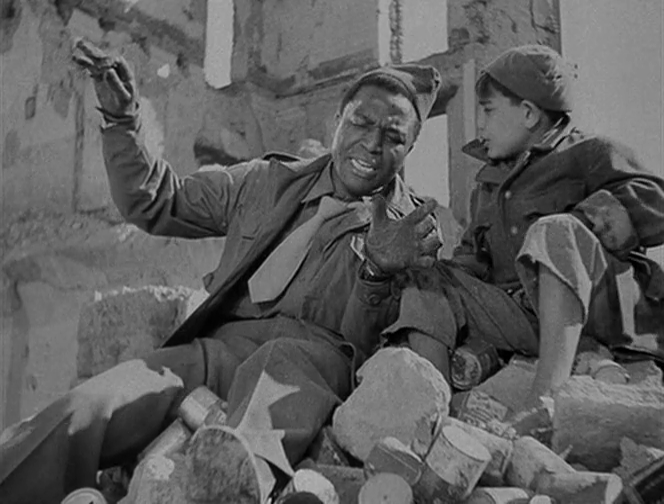
… and at first is disturbed to have his shoes stolen, but then learns how truly poverty-stricken Pasca is. In Episode 3 (“Rome”), a prostitute (Maria Michi) — the same actress playing the drug-addicted femme fatale in Open City — solicits a date with a passing G.I. (Gar Moore), only to find he is morbidly fixated on how much things have changed for the worse since the city was liberated six months earlier.
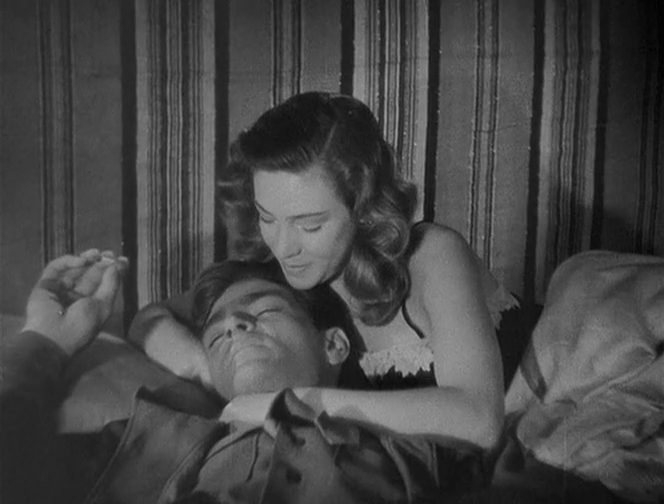
The fourth episode (“Florence”) brings us to the frontlines of street violence, as an American nurse (Harriet Medin) and an Italian partisan (Renzo Avanzo) risk their lives to cross the Arno River so Medin can learn the fate of her lover, and Avanzo can check on his wife and child.
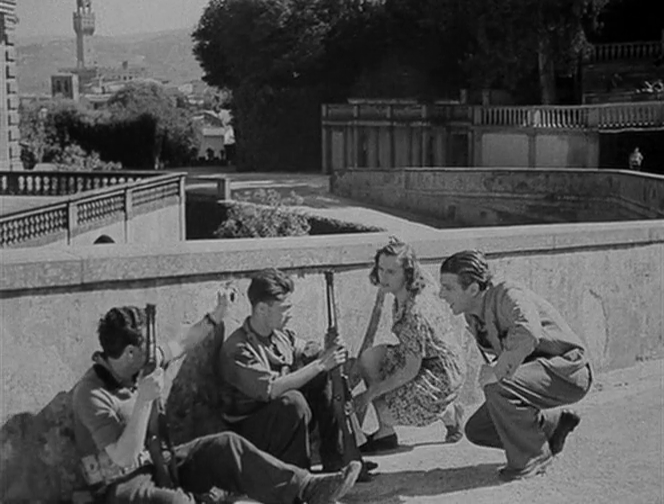
Episode five (“Bologna”) seems at first to offer some literal respite from the war, as a trio of American chaplains (William Tubbs, Newell Jones, and Elmer Feldman) are allowed to stay in a Roman Catholic monastery — but the monks react with genuine dismay when they learn that only Tubbs is Catholic (Jones is Protestant and Feldman is Jewish).

Finally, Episode 6 (“Po Delta”) brings us back to straight-up wartime aggression, as American O.S.S. members fight alongside Italian partisans in the delta.

Rossellini’s neo-realist approach throughout each episode of this film brings with it numerous moments of heart-wrenching grief and insight.
SPOILERS AHEAD
Sazio experiences a brutal, misunderstood end:
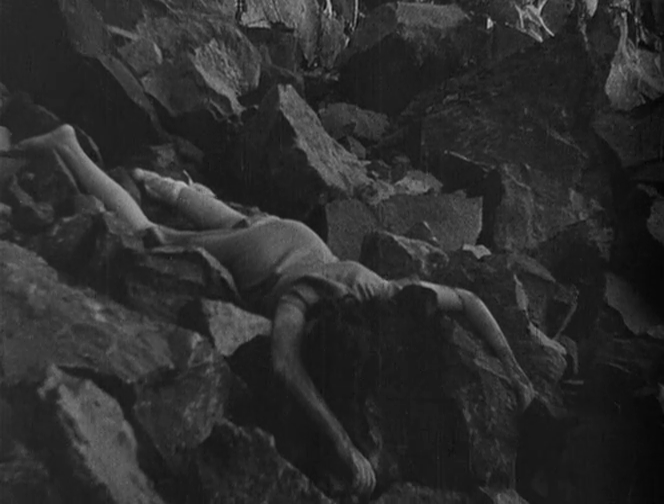
Johnson learns that his own impoverished background as a Black American doesn’t compare to the squalor Pasca and his community are currently living through:
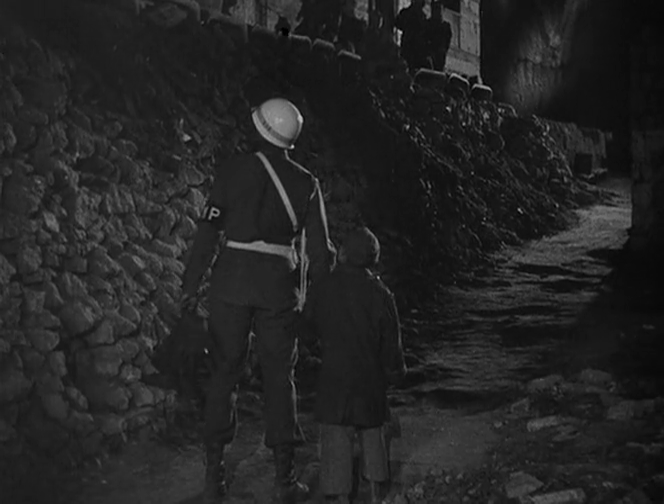
Moore doesn’t realize that the woman soliciting him is actually the same girl he fell in love with months earlier, and skips out on a reunion:
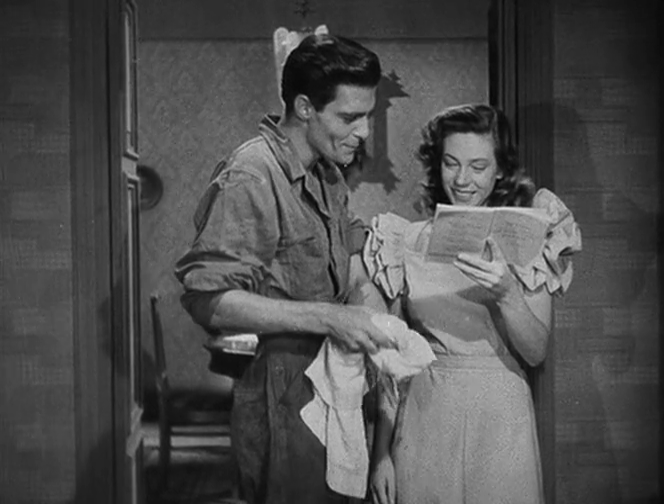
Medin and Avanzo can barely make it across a city without being killed; monks hold such engrained prejudices against non-Catholics that we can easily see how intolerance persists across Europe; and a young child cries with anguish in the night when his parents are brutally killed.

Obviously, none of this is light-hearted or easy to get through — but one finishes Paisan with gratitude for its harsh authenticity (we see the bitter “truth” here), and a sense of hope that things will at least start to get better by the end of the war.
Notable Performances, Qualities, and Moments:
- Excellent use of authentic settings across Italy

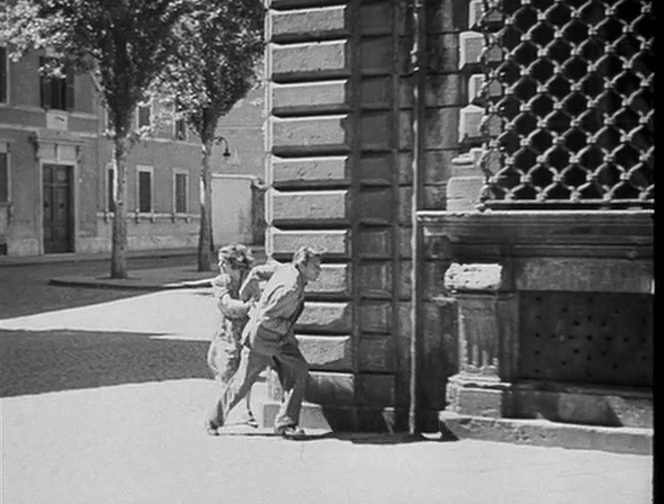
Must See?
Yes, for its historical significance, and as a powerful neo-realist movie. Listed as a film with Historical Importance and a Personal Recommendation in the back of Peary’s book.
Categories
(Listed in 1001 Movies You Must See Before You Die)
Links:
|
